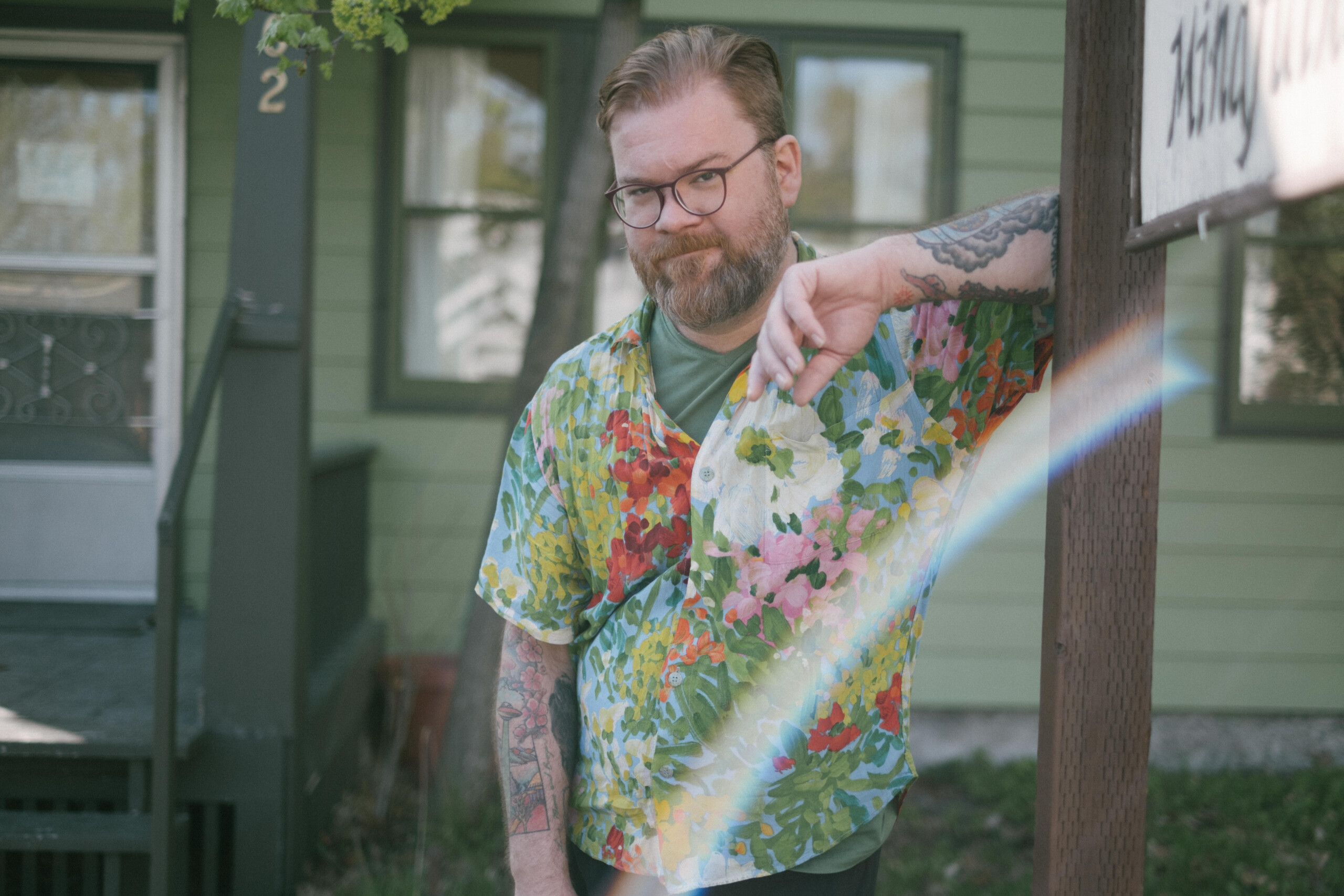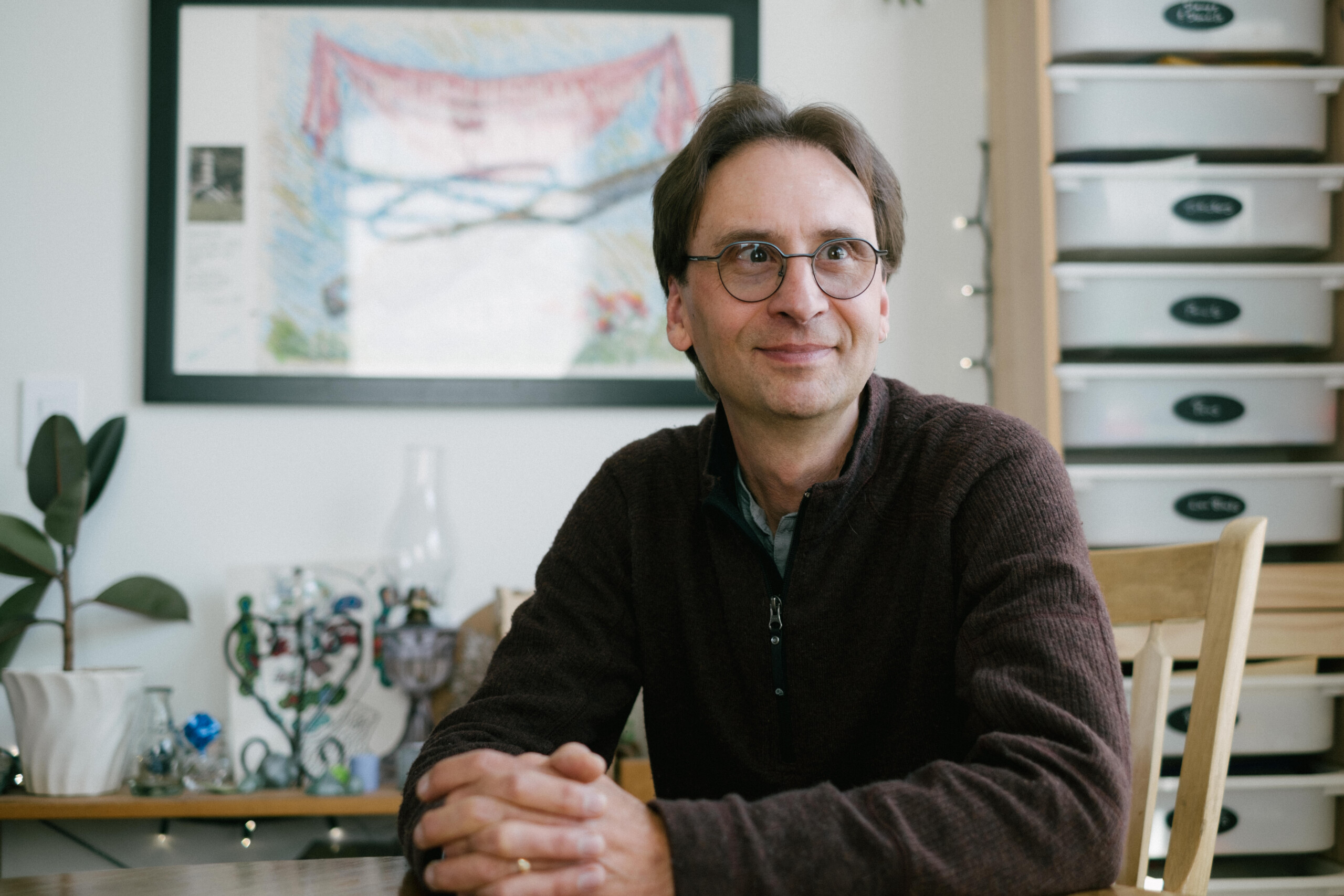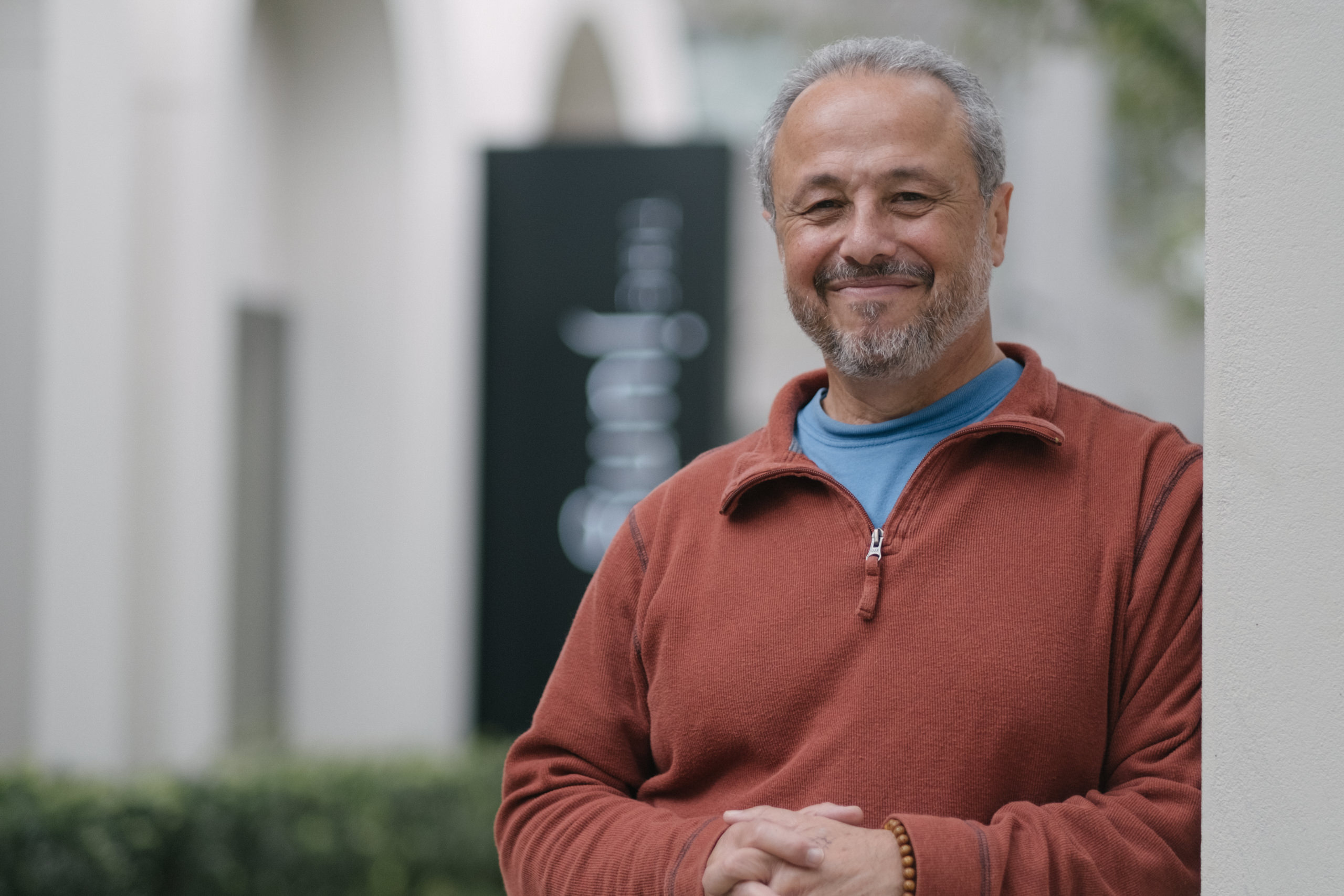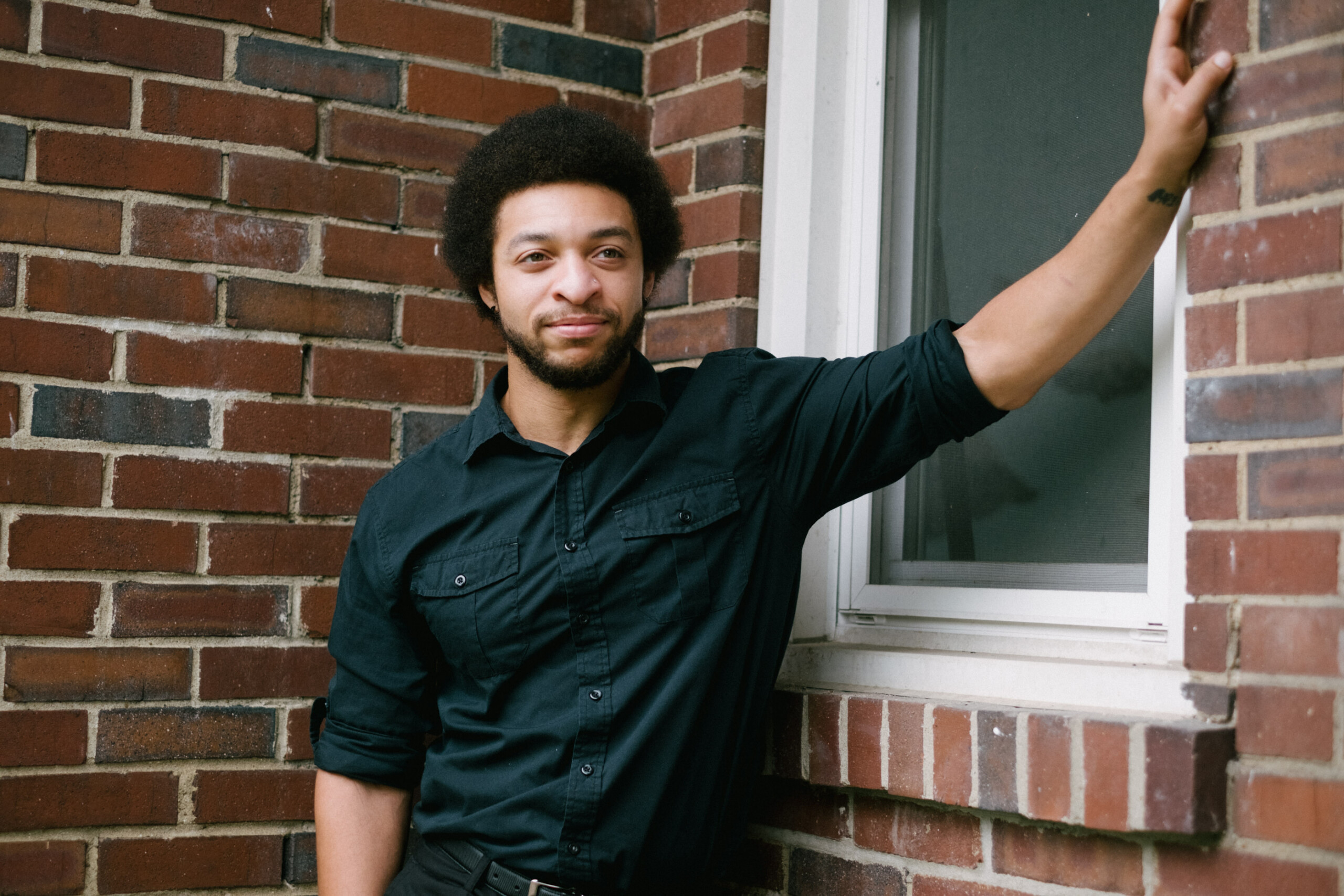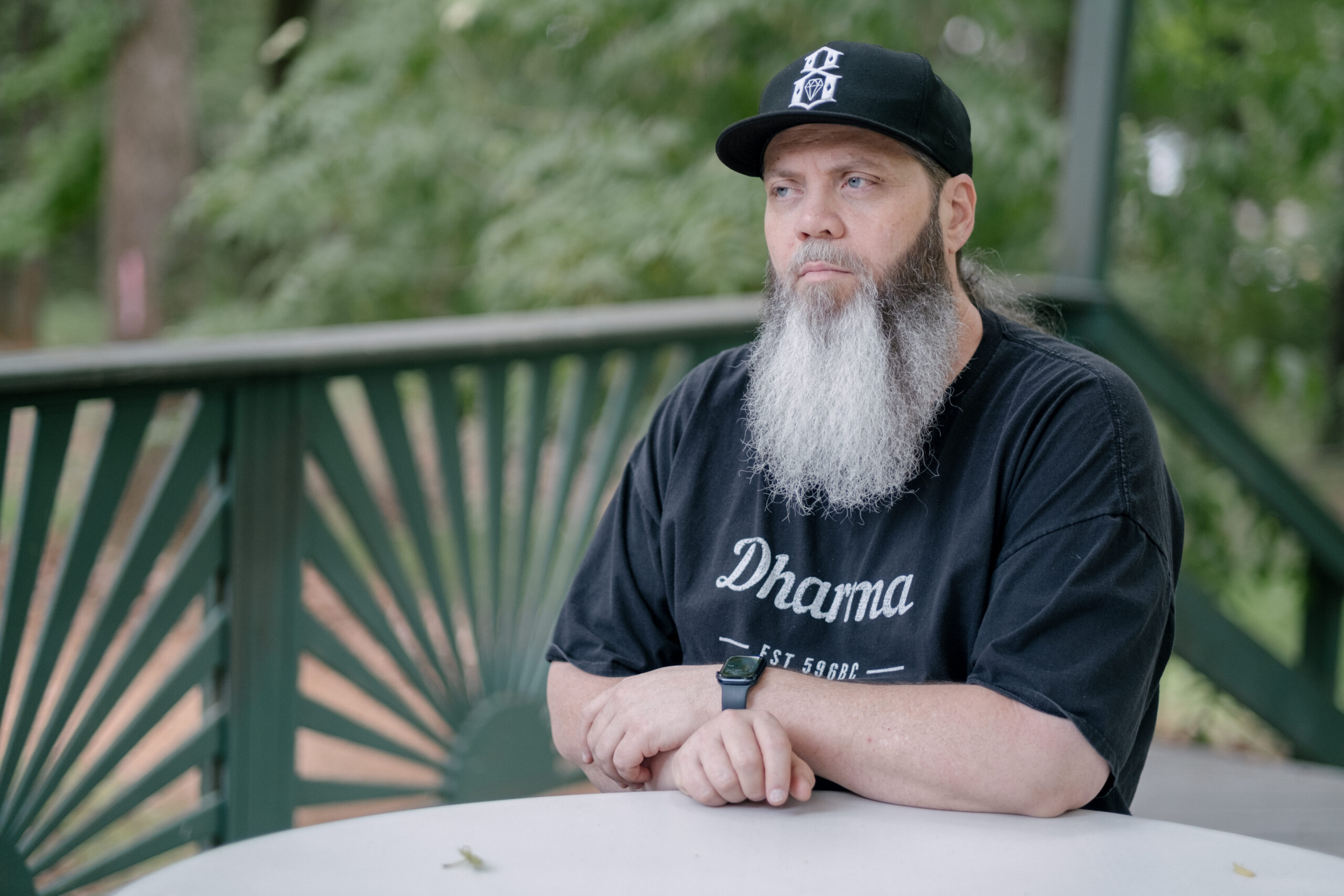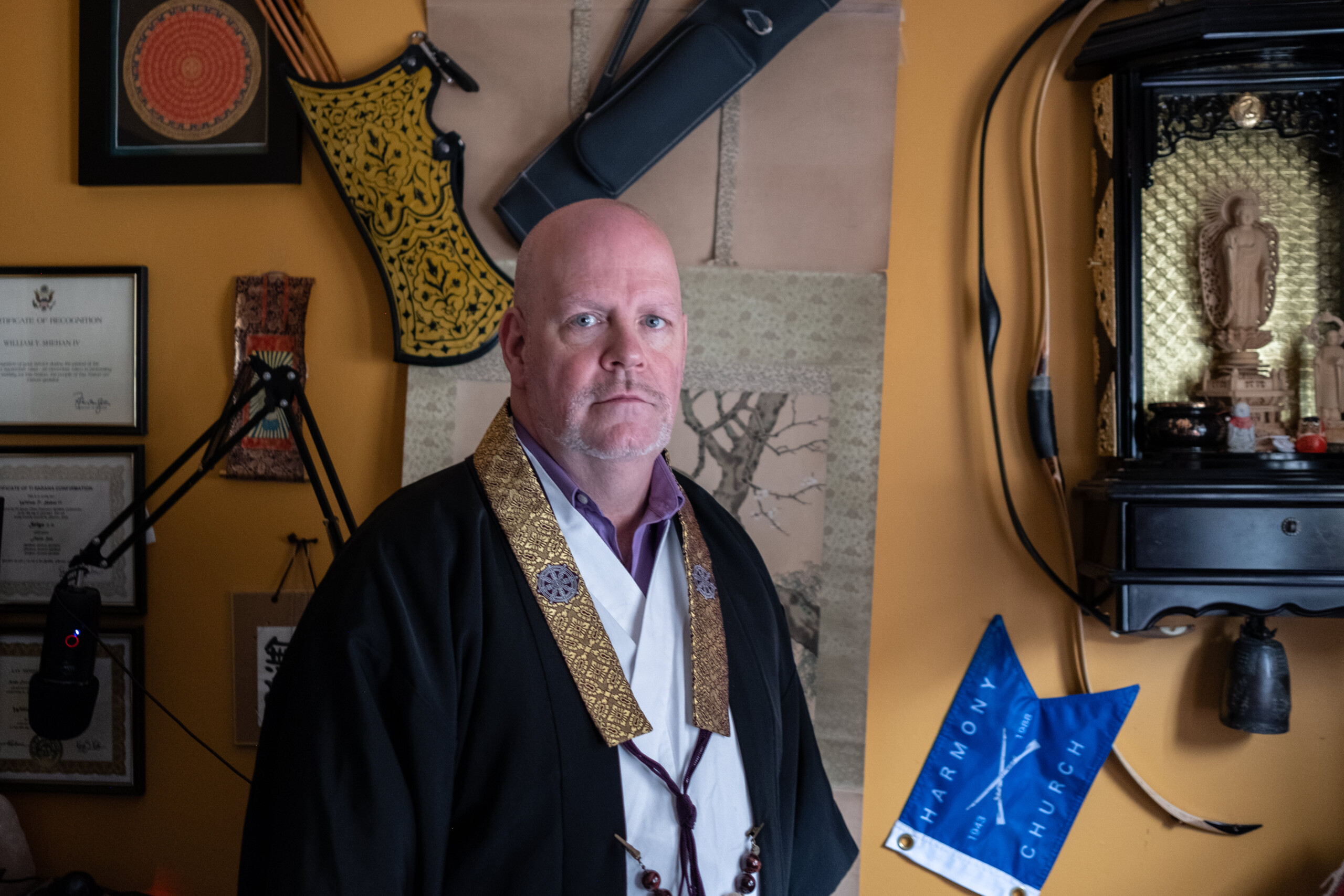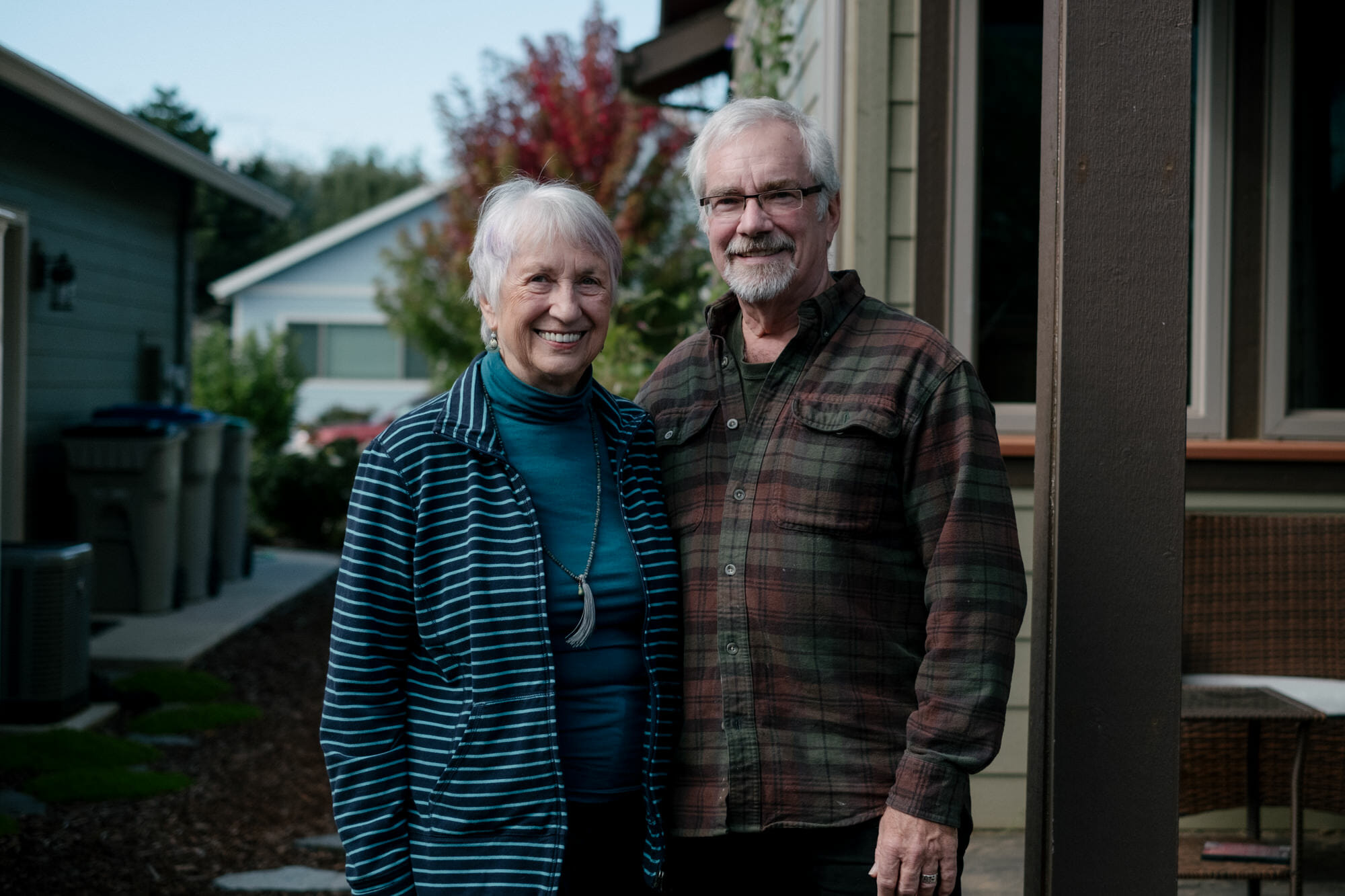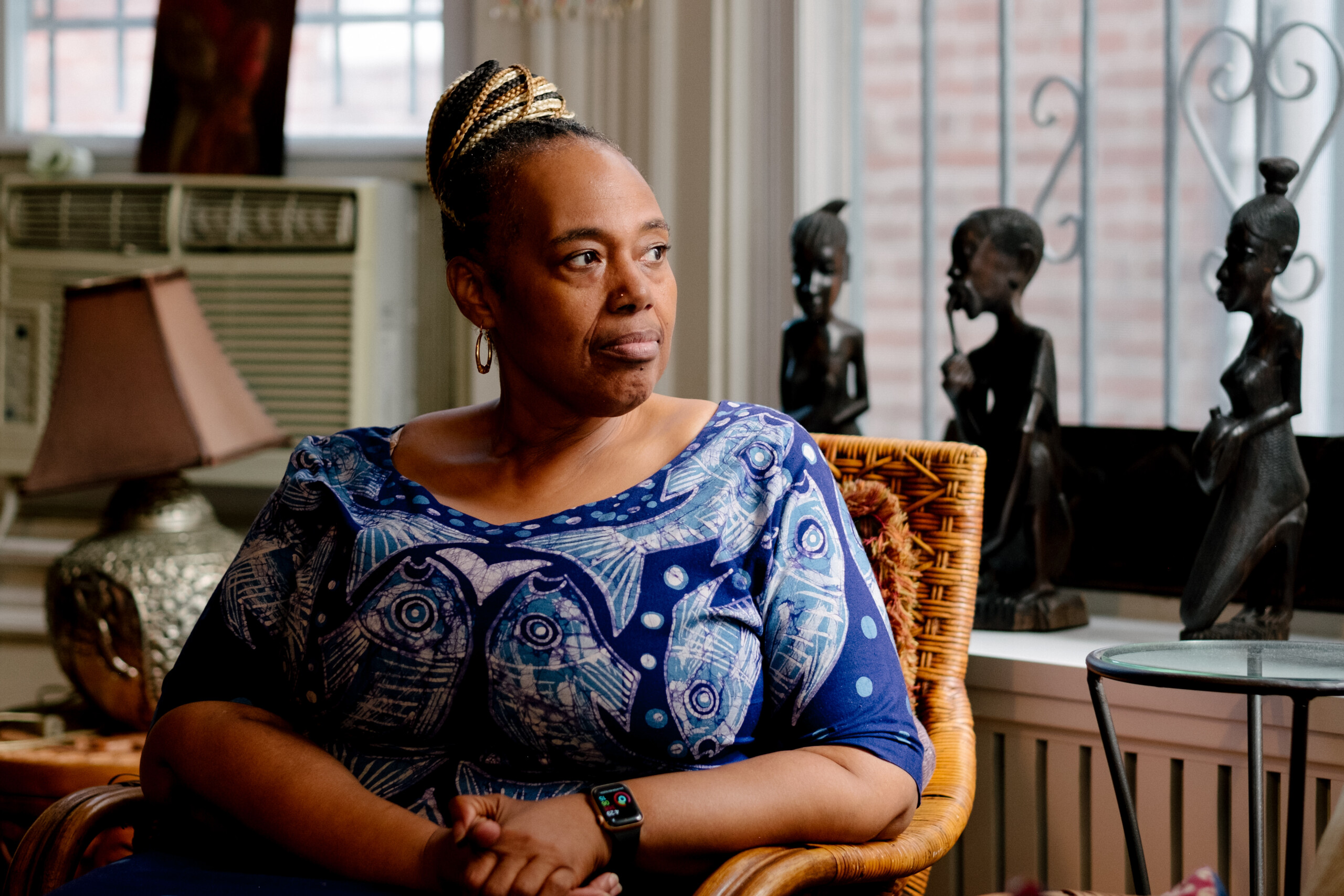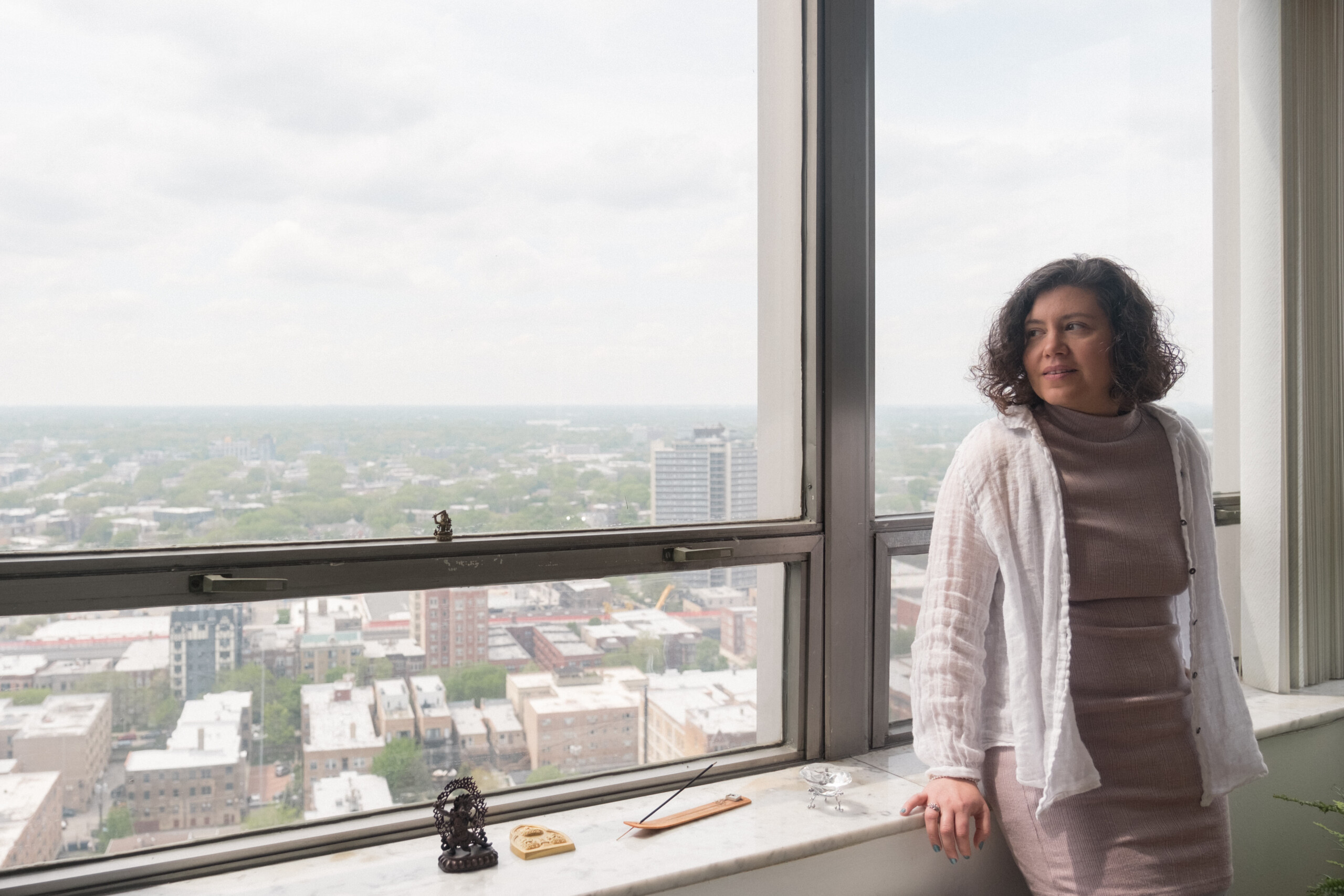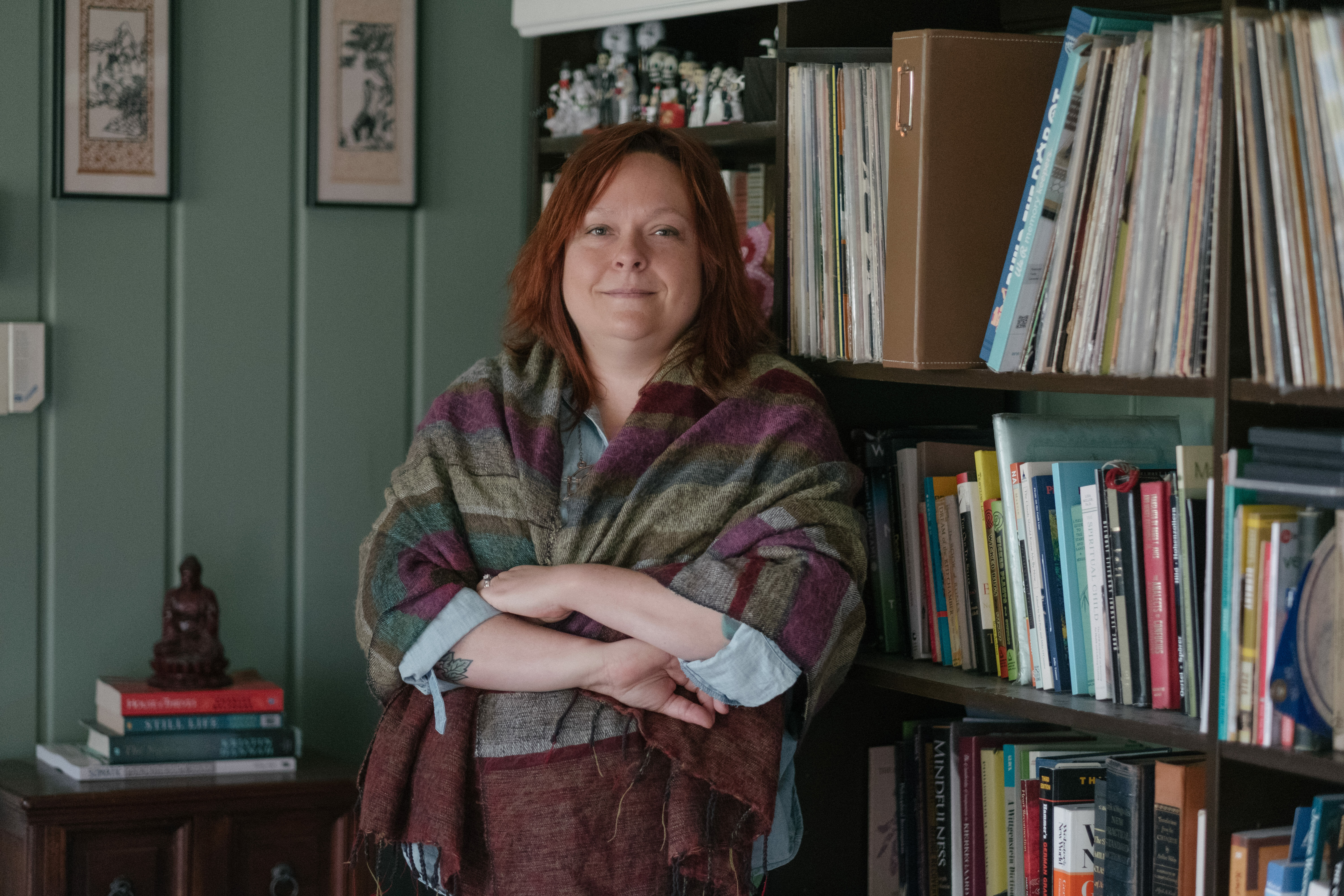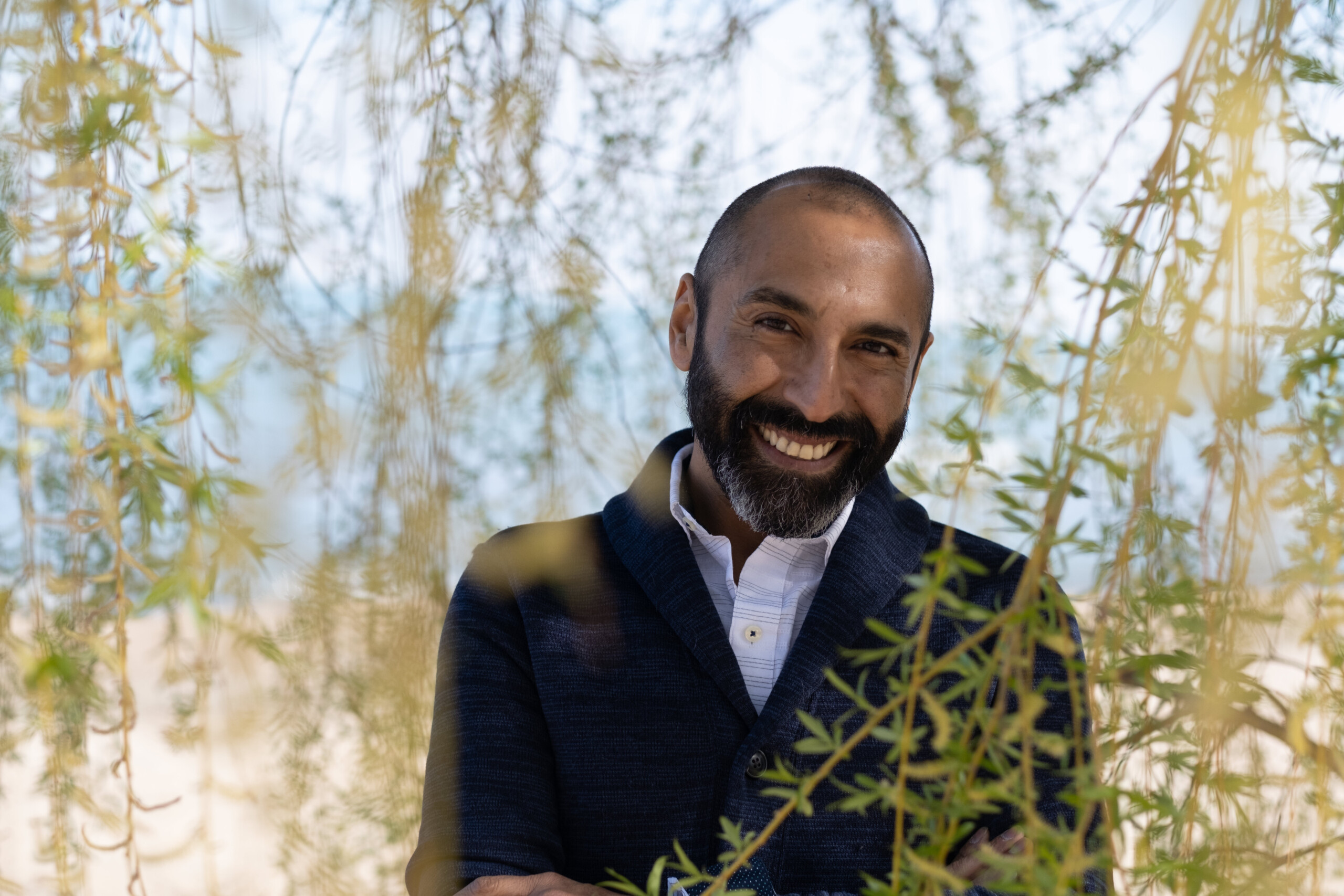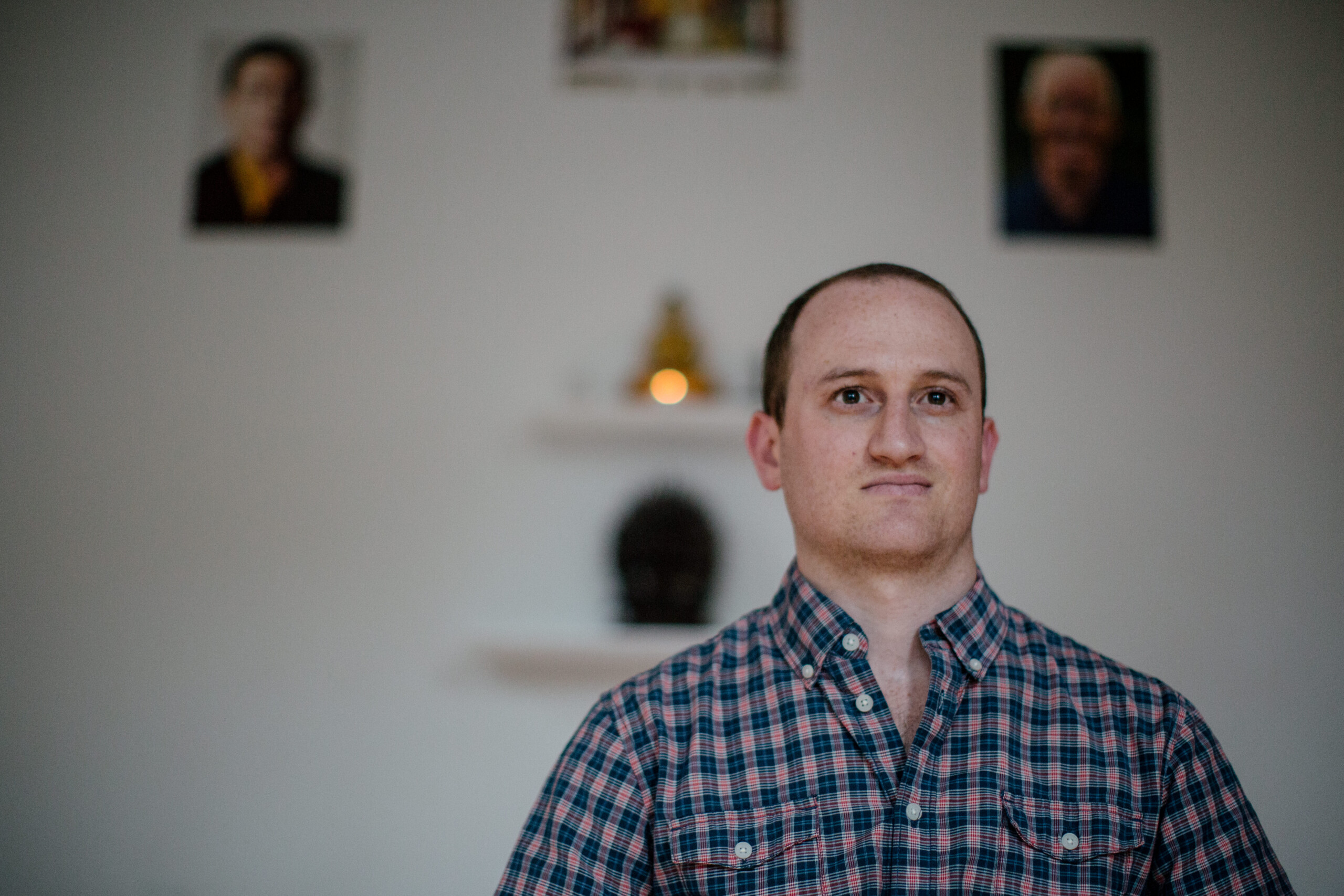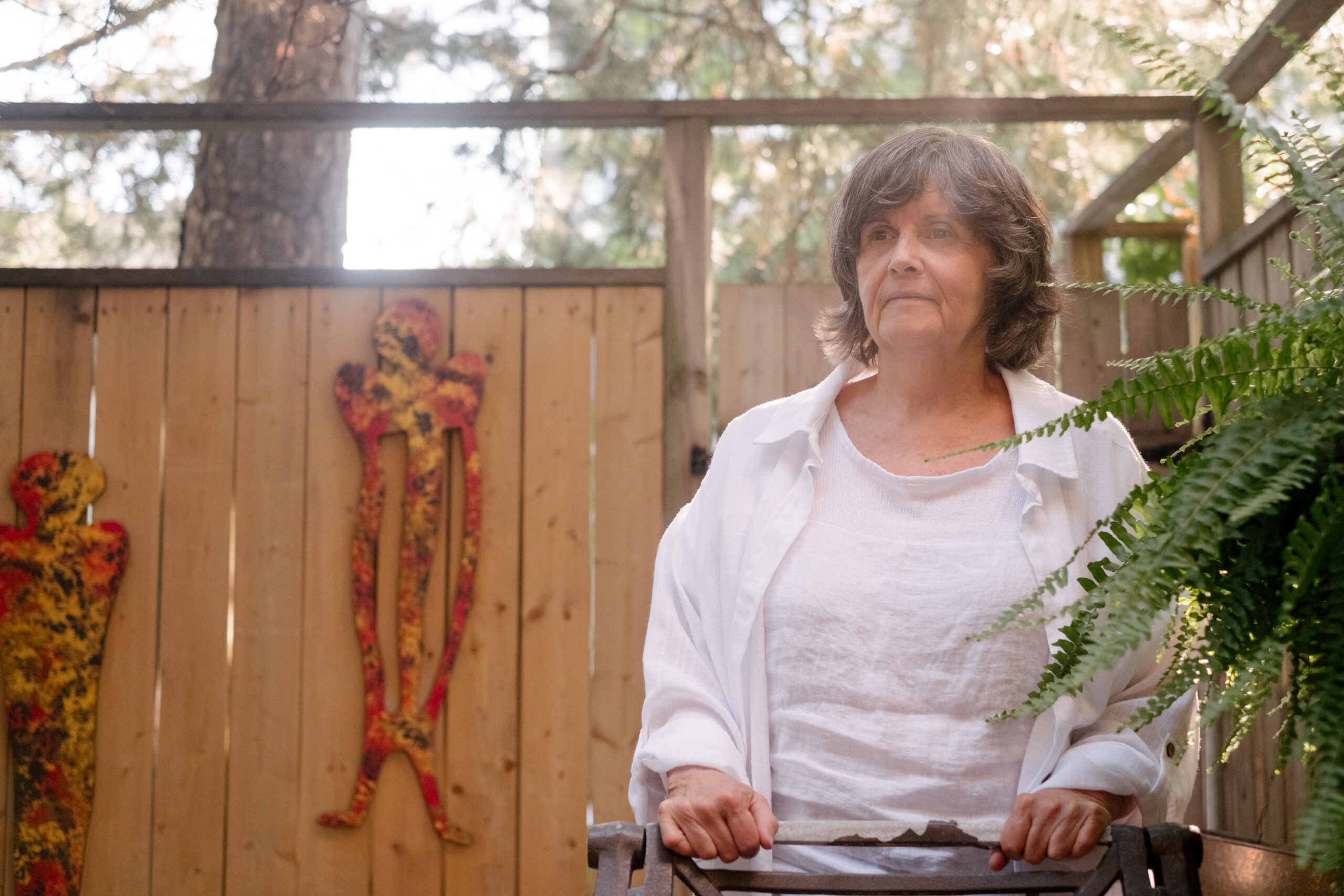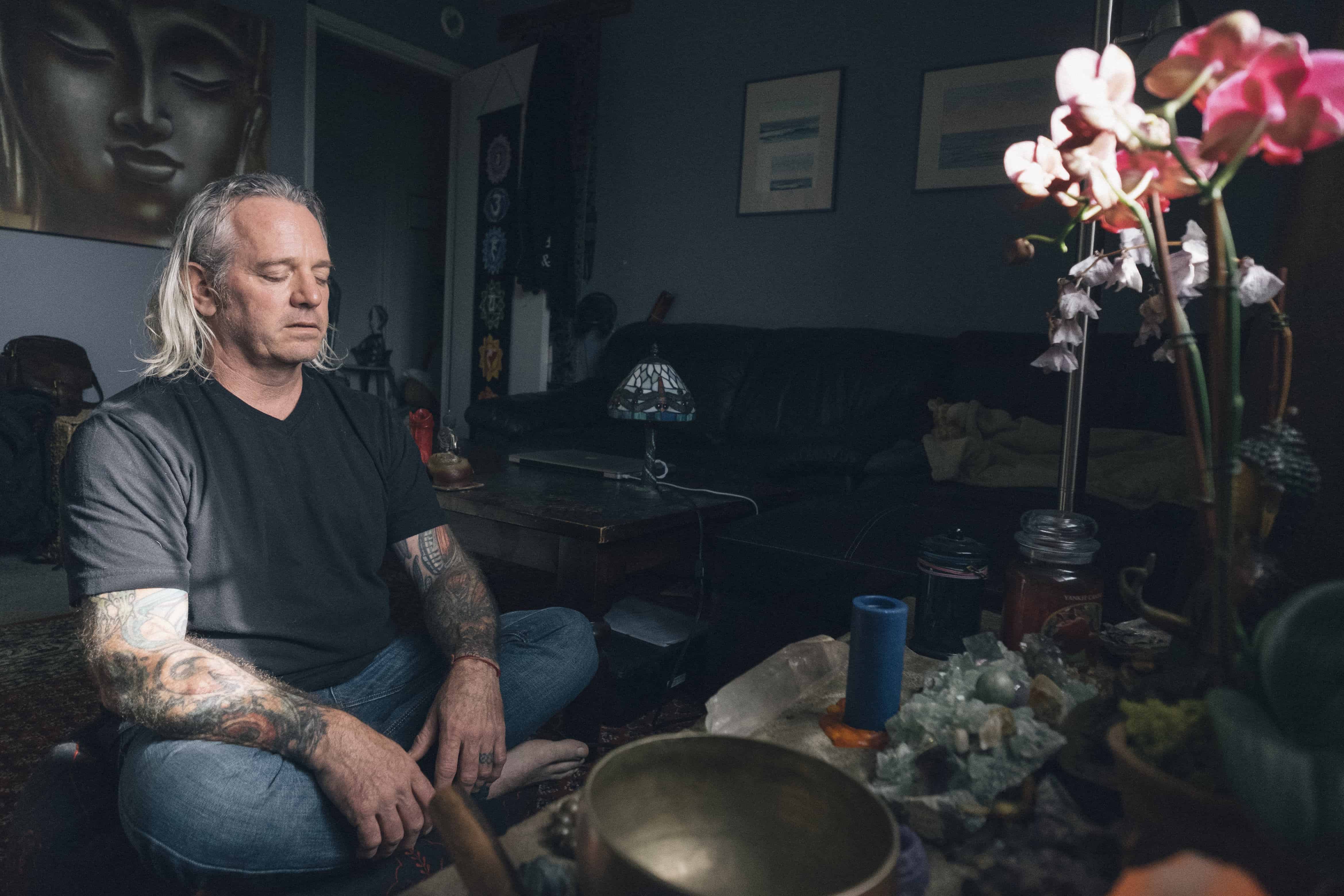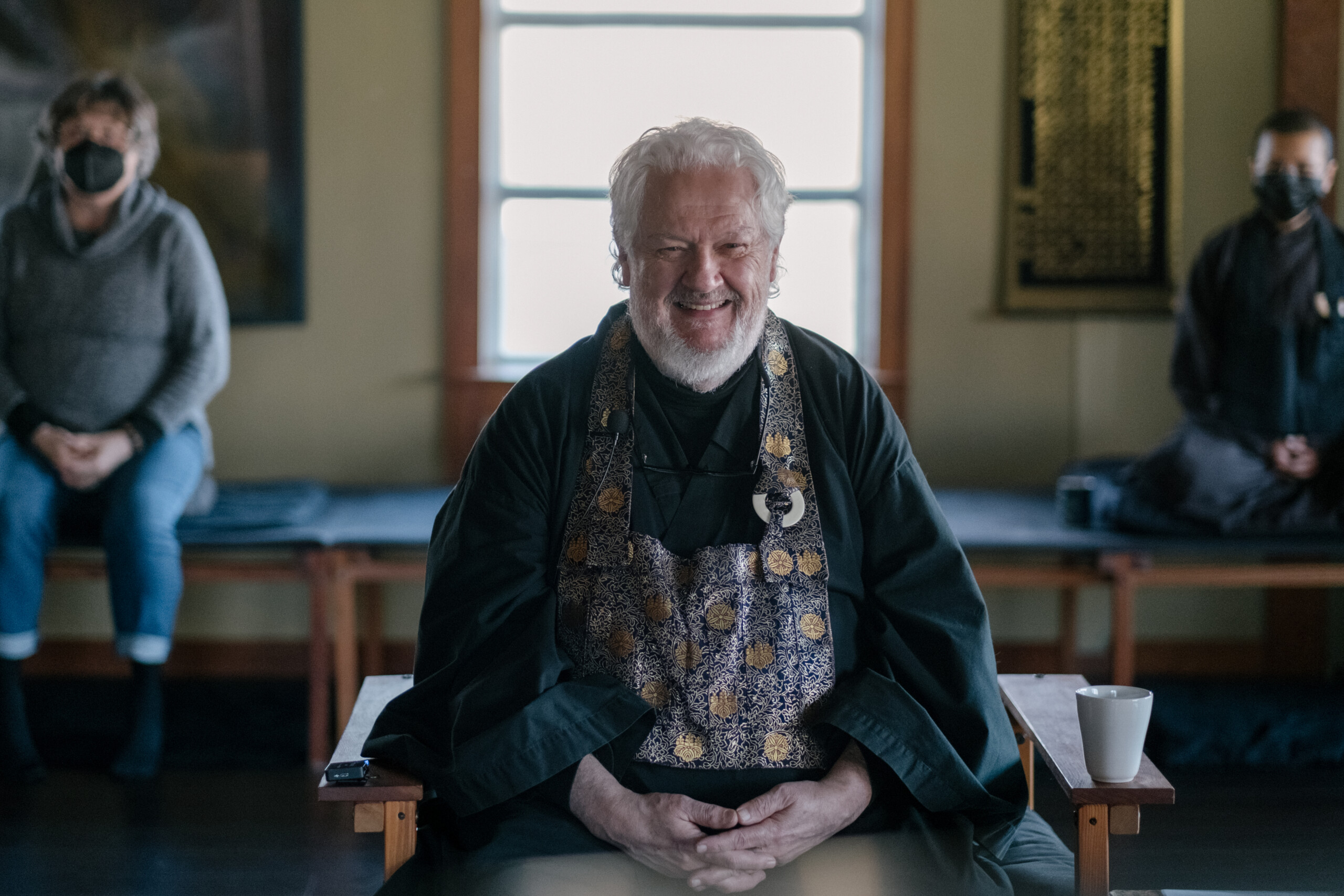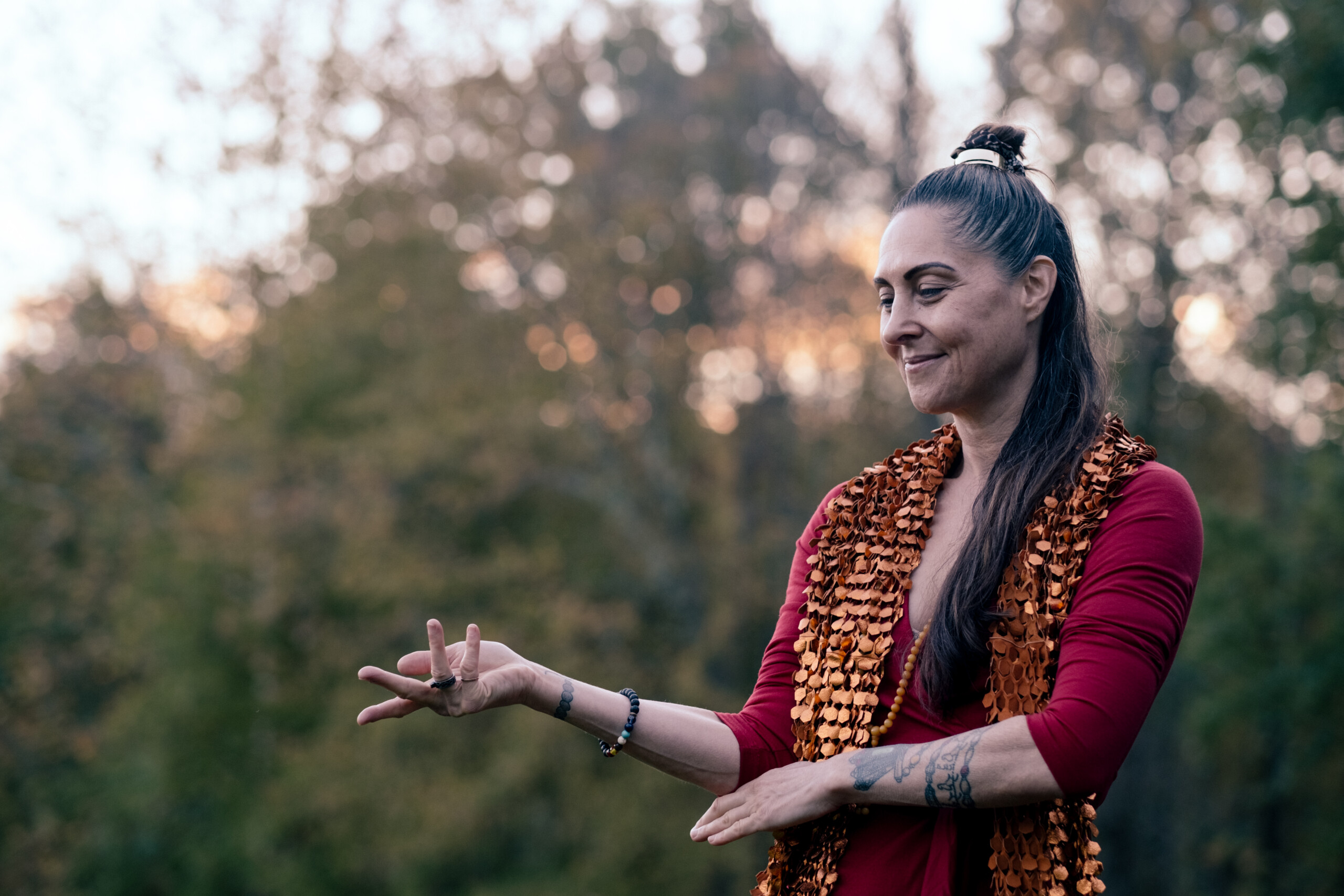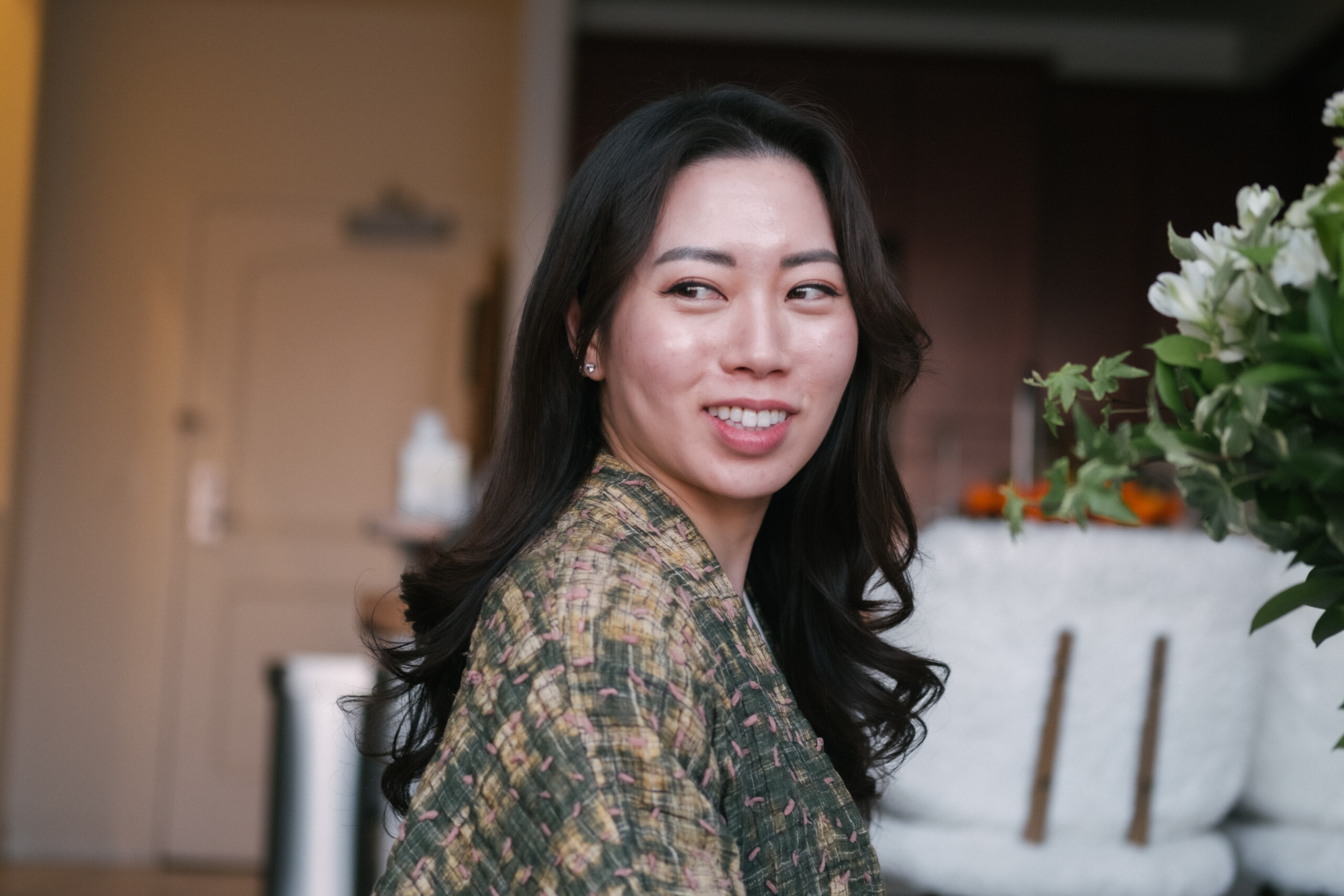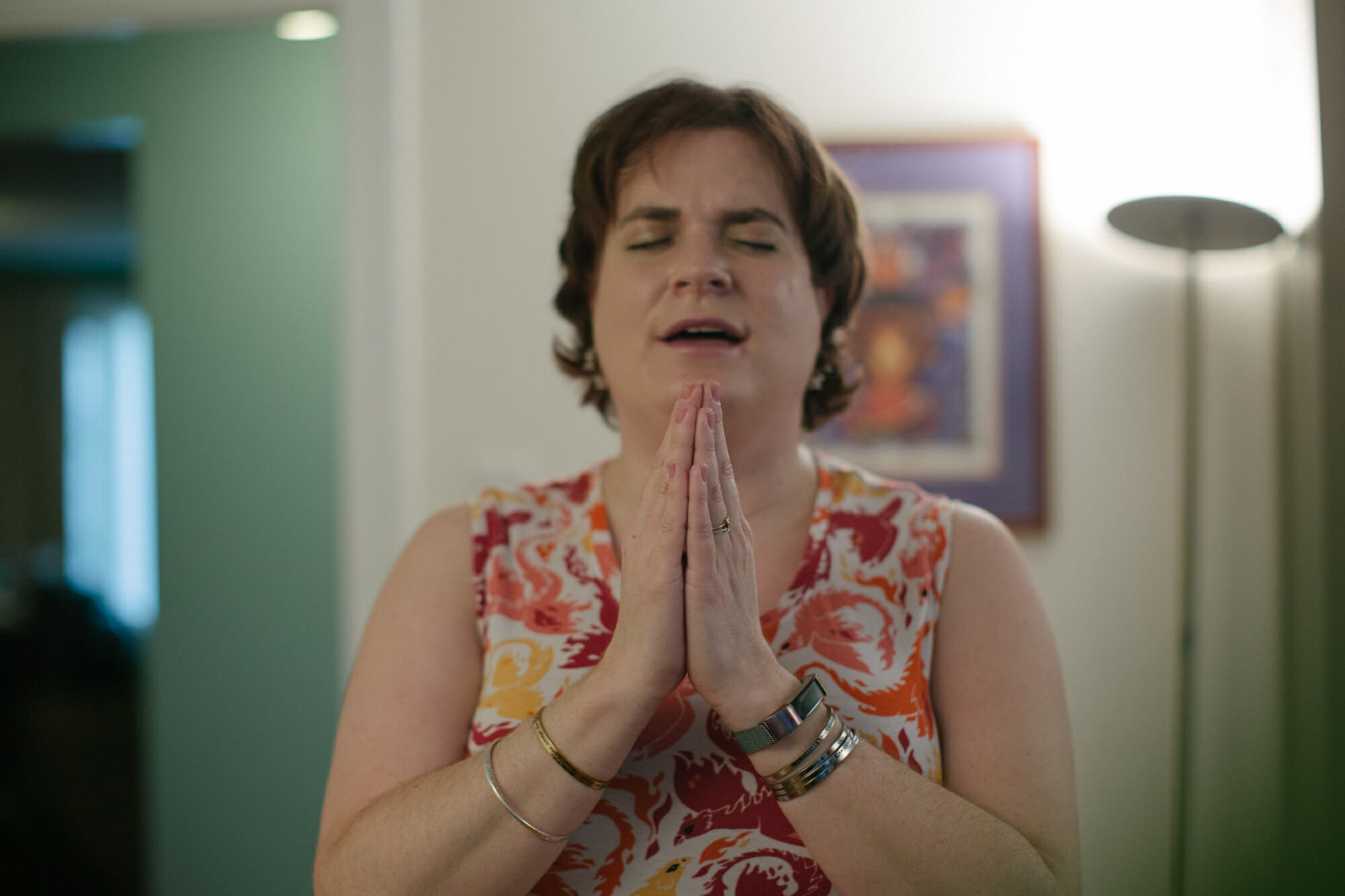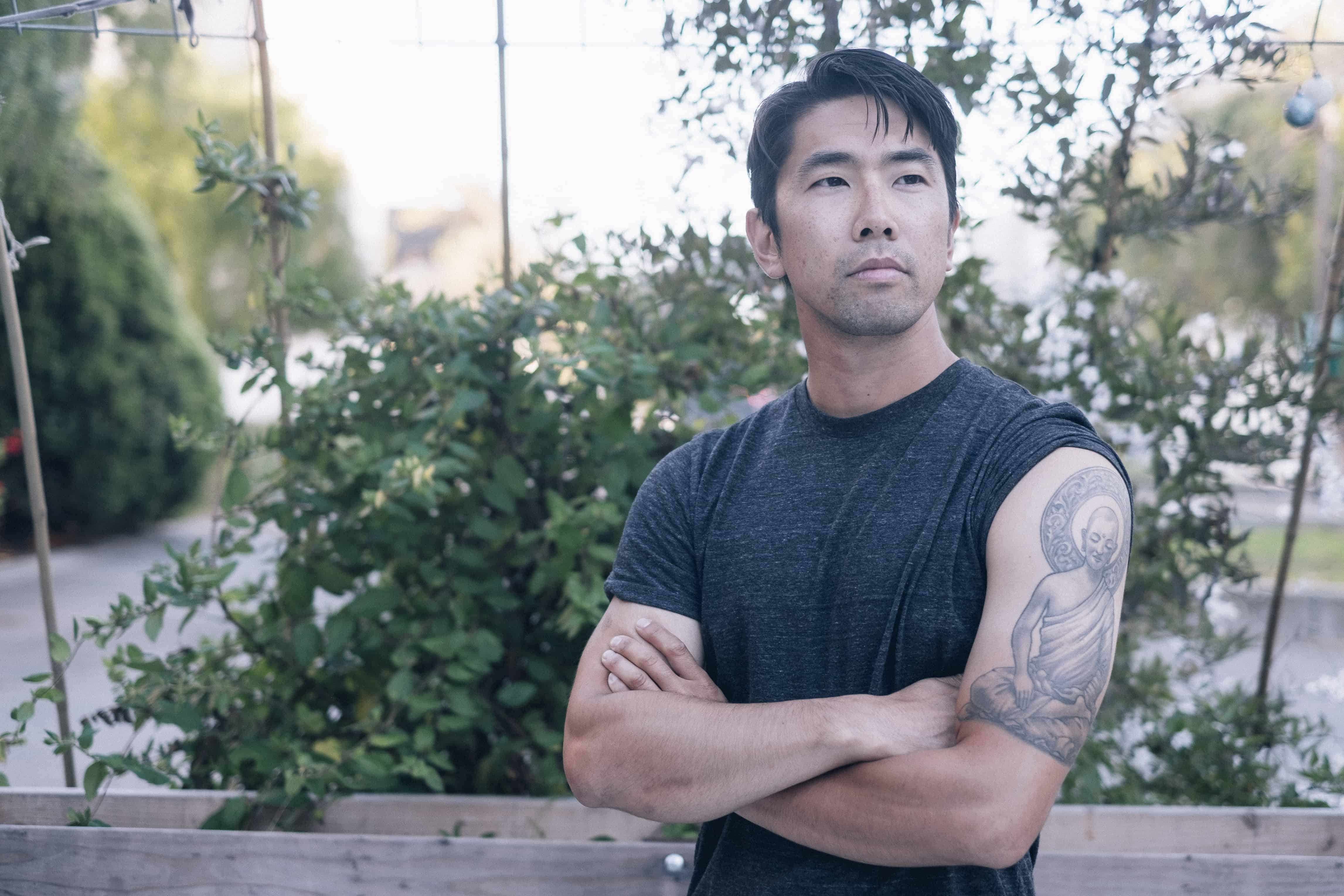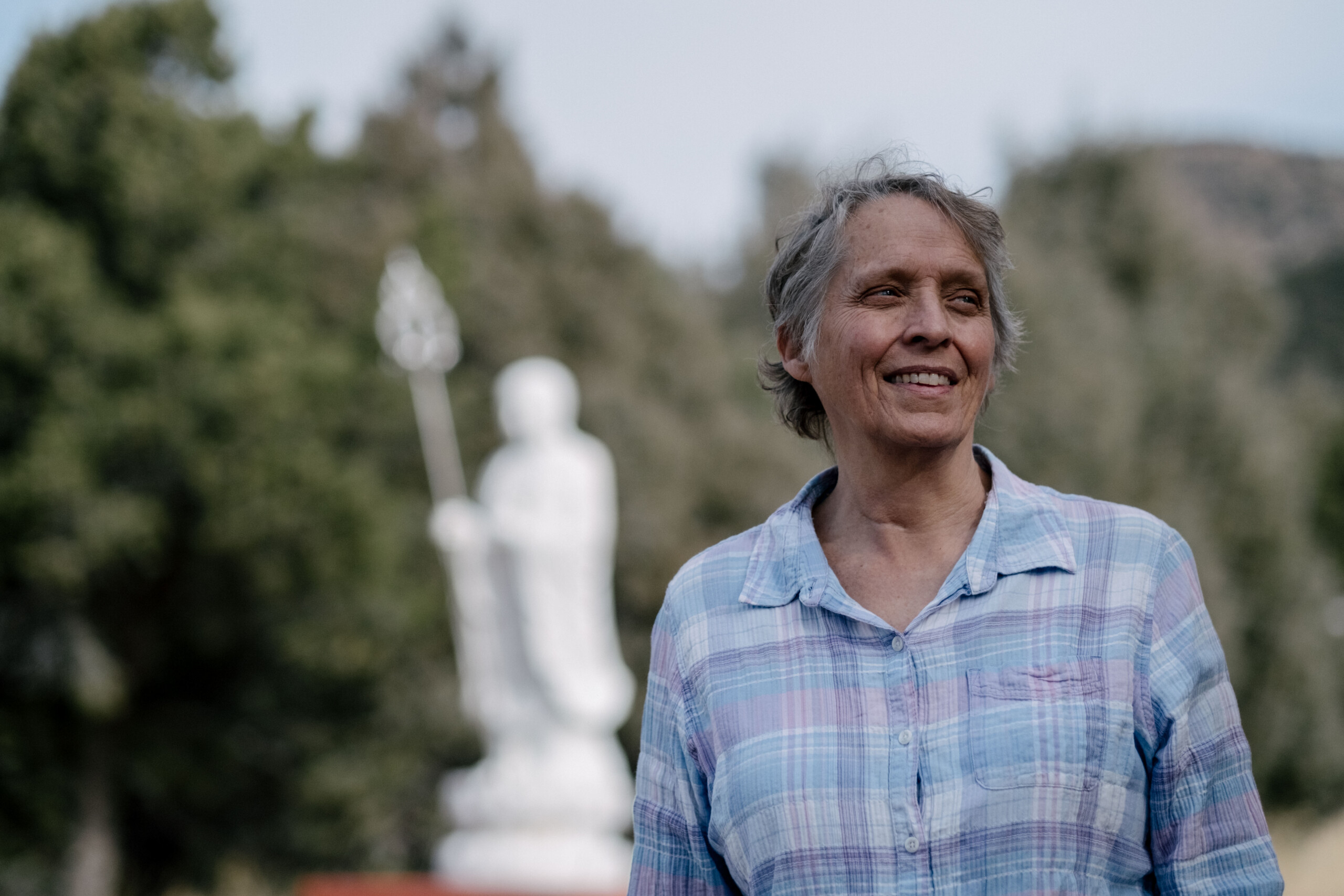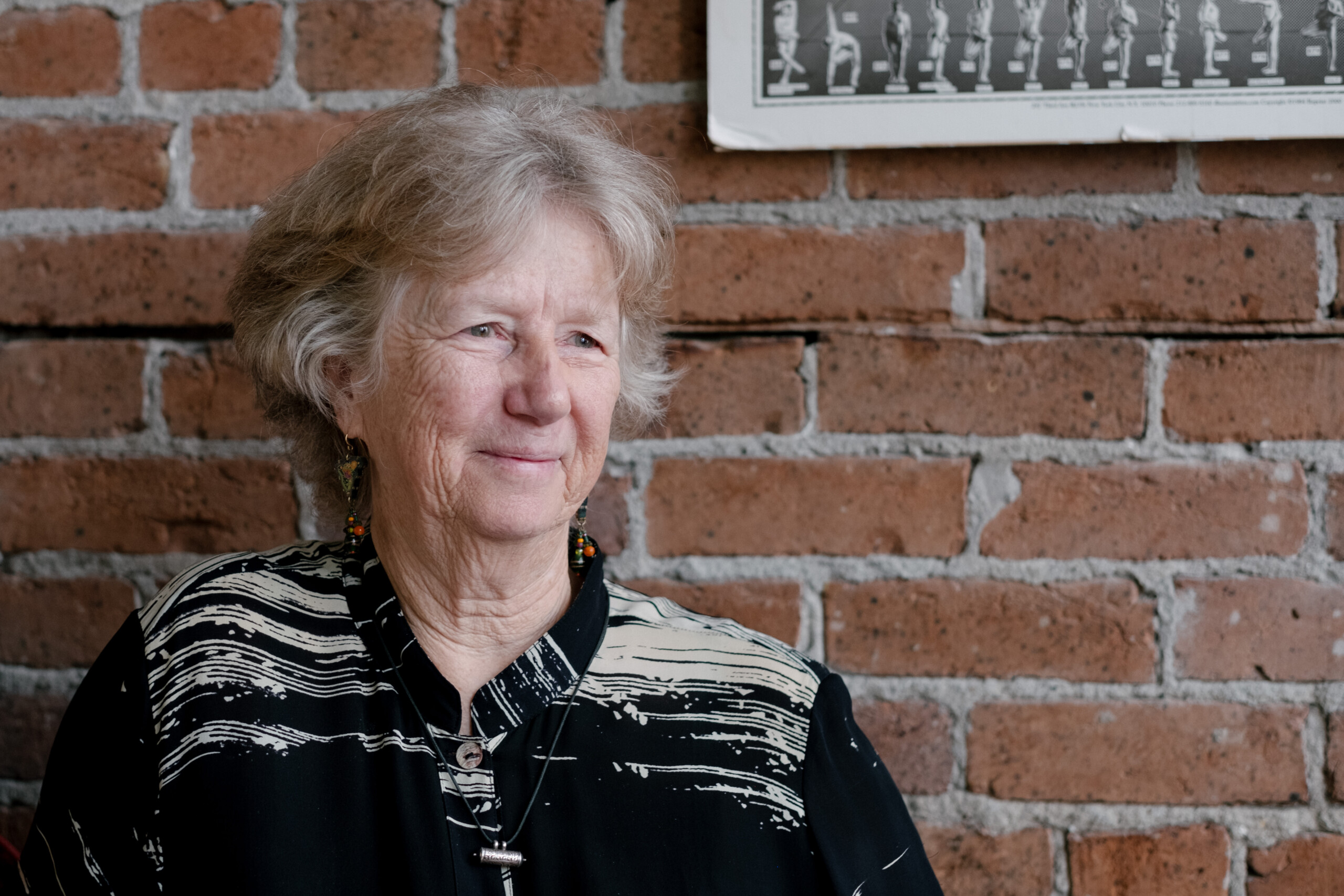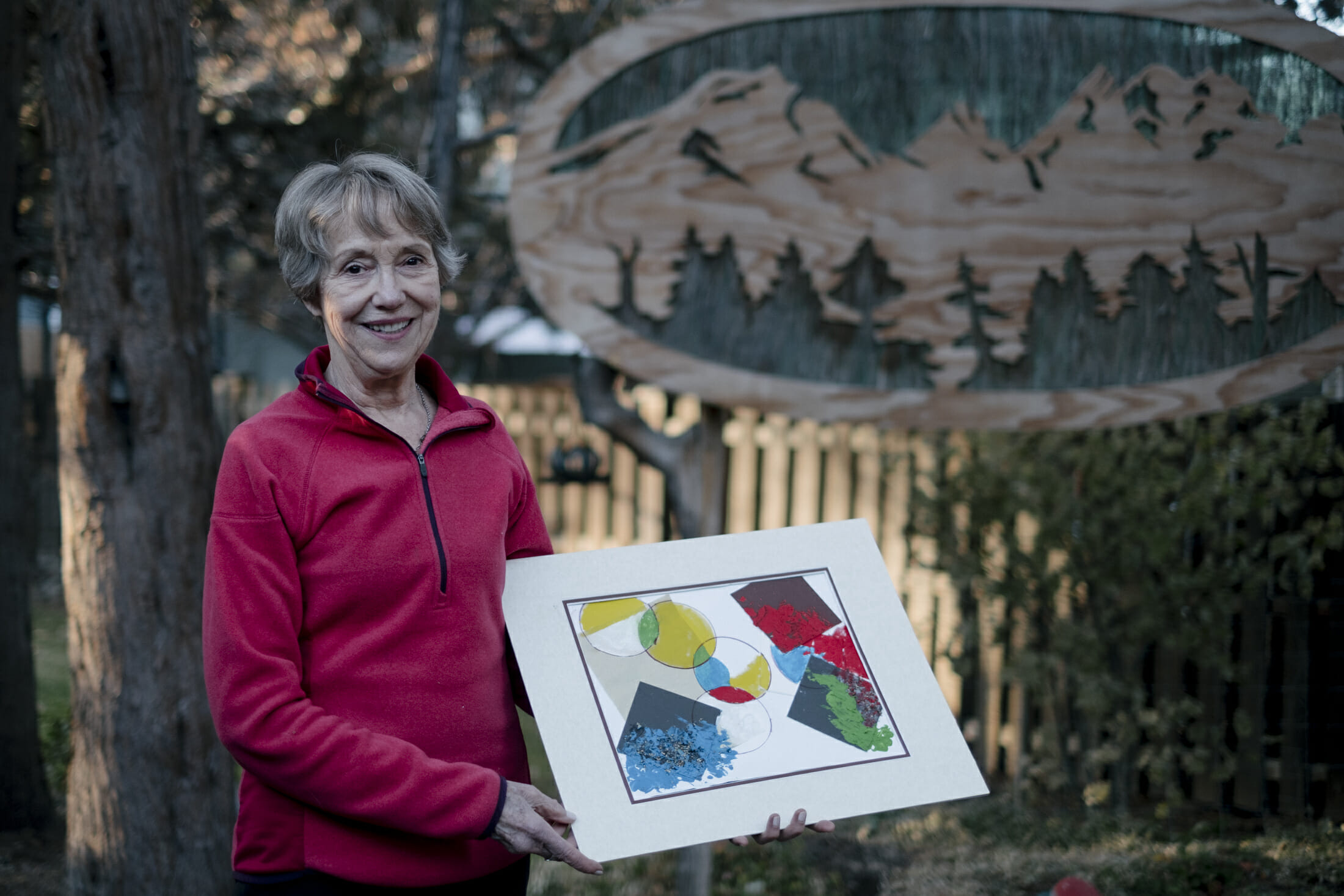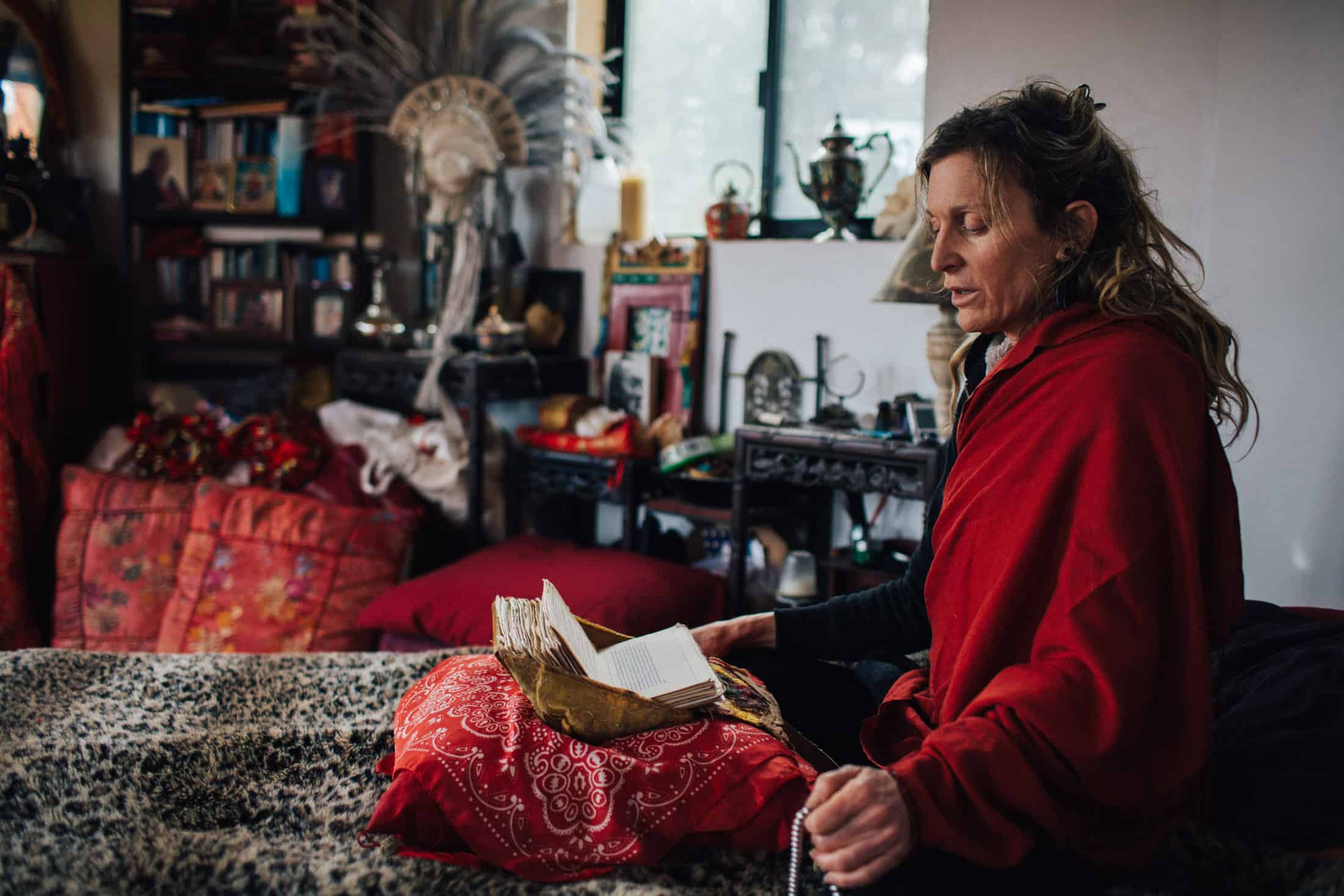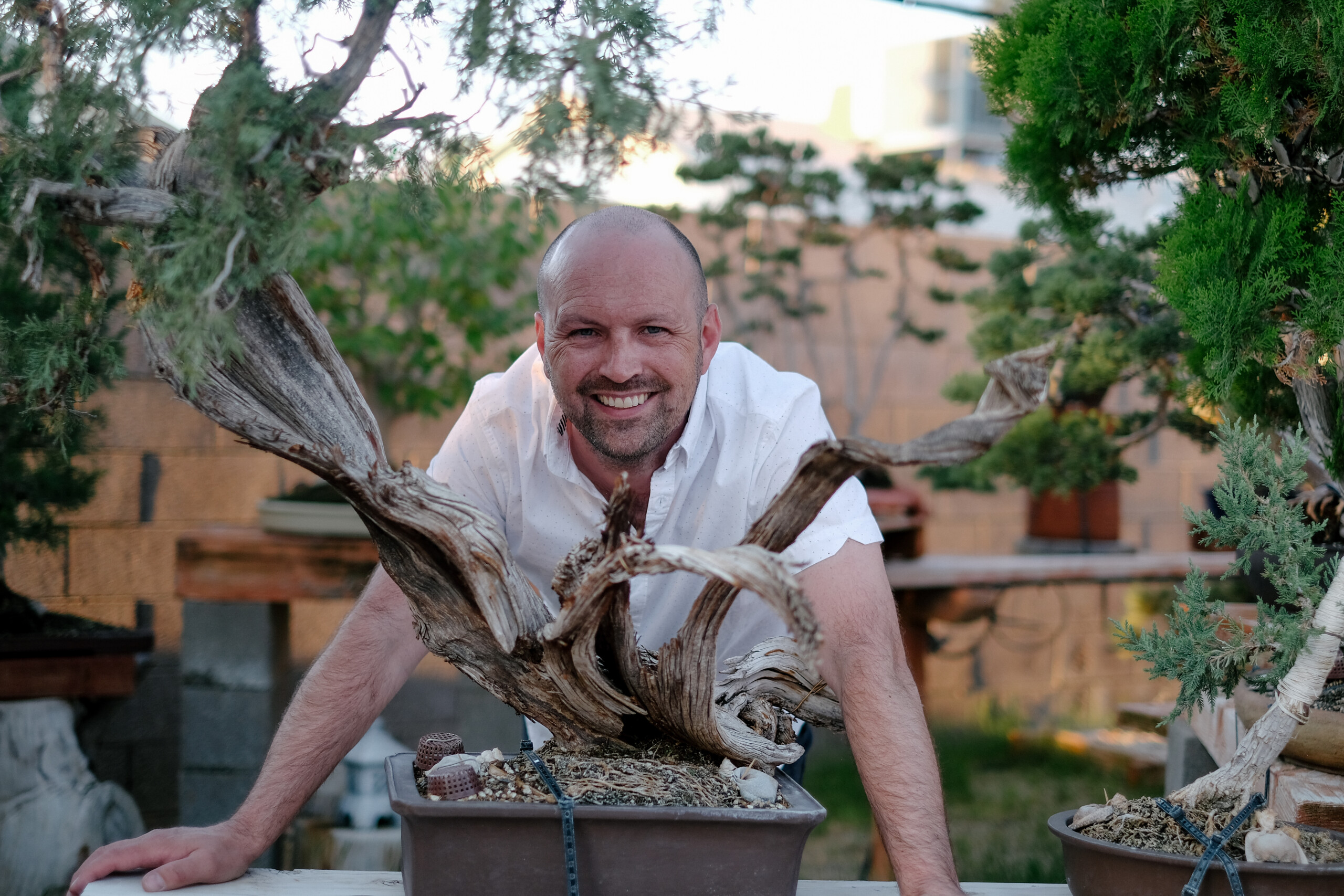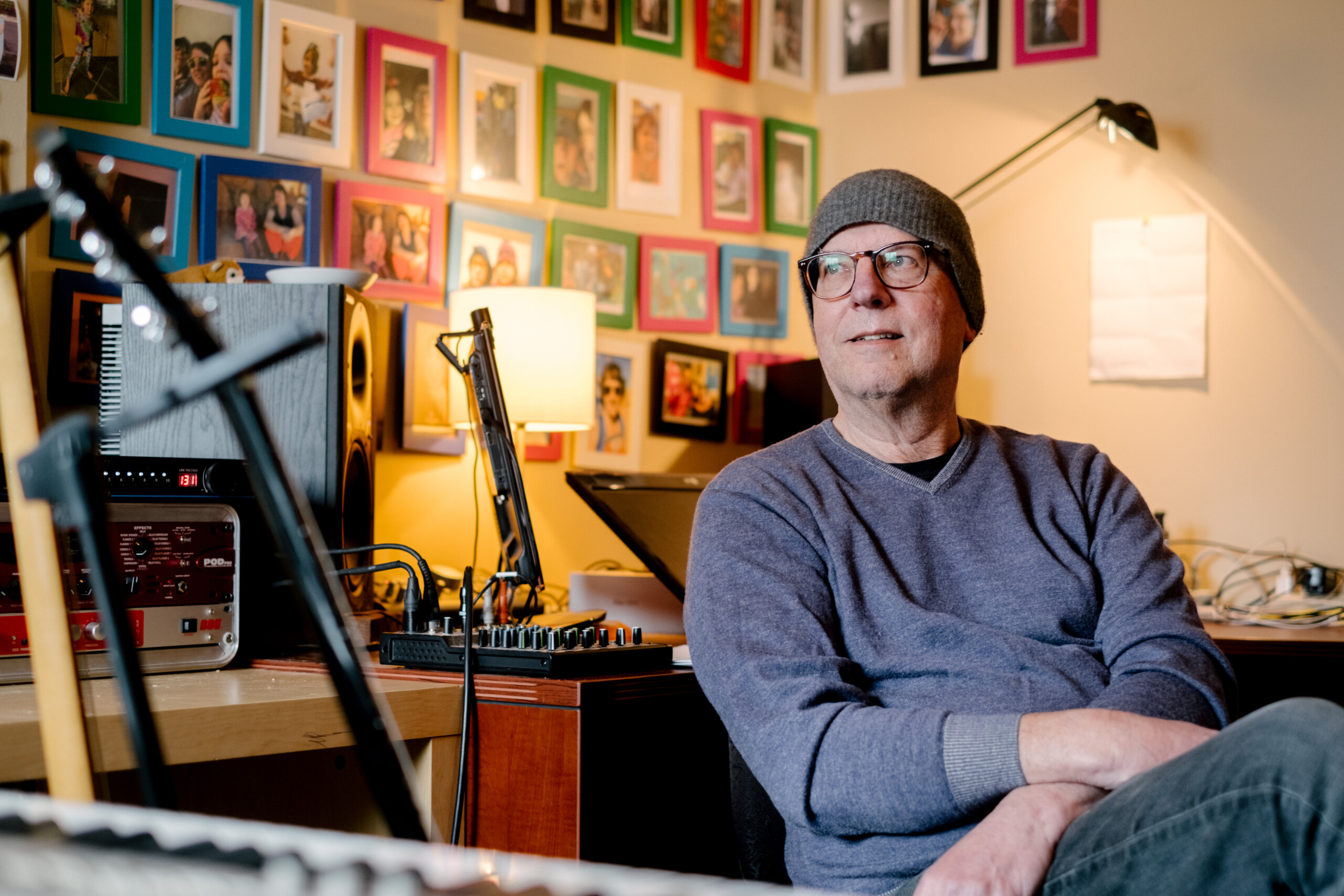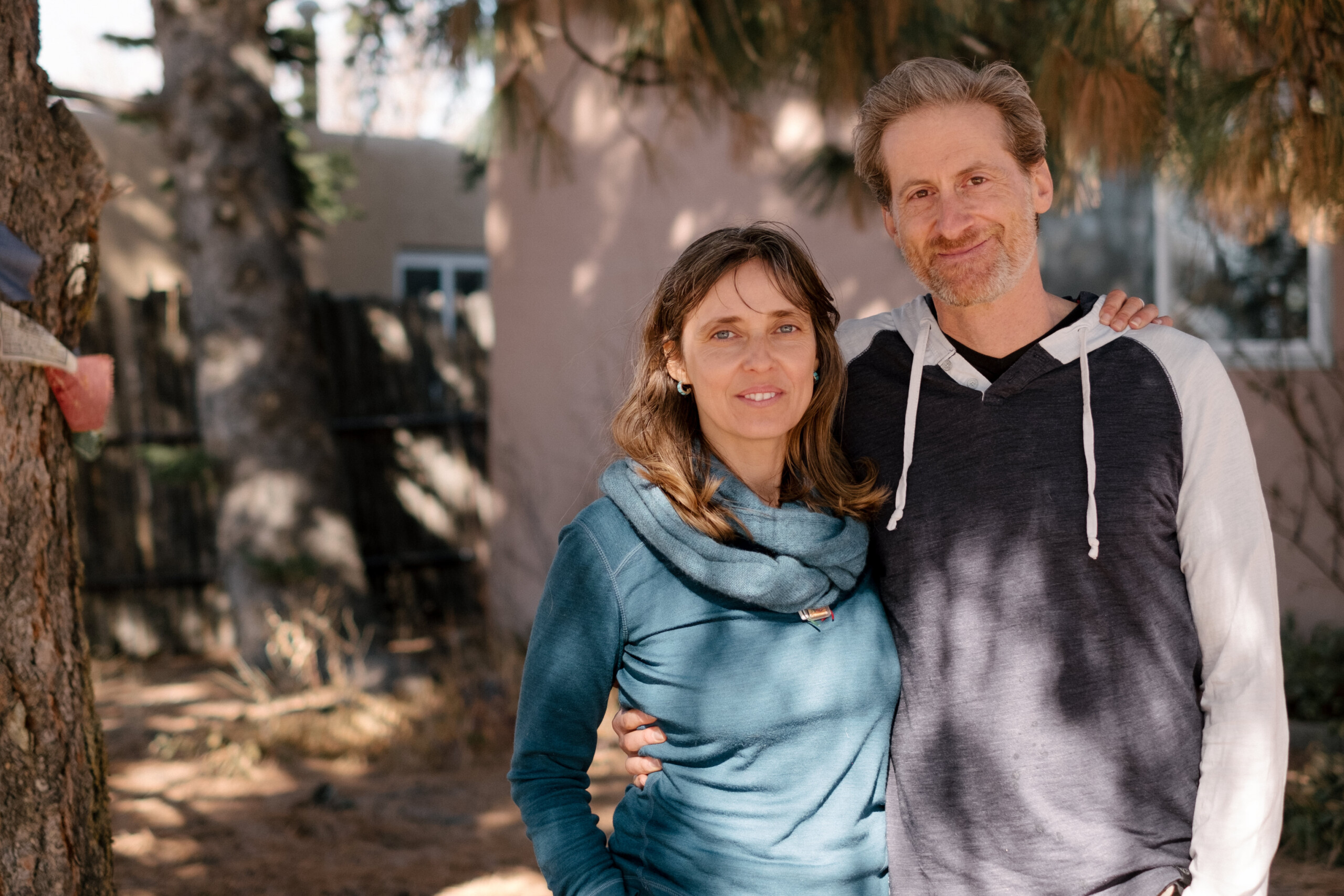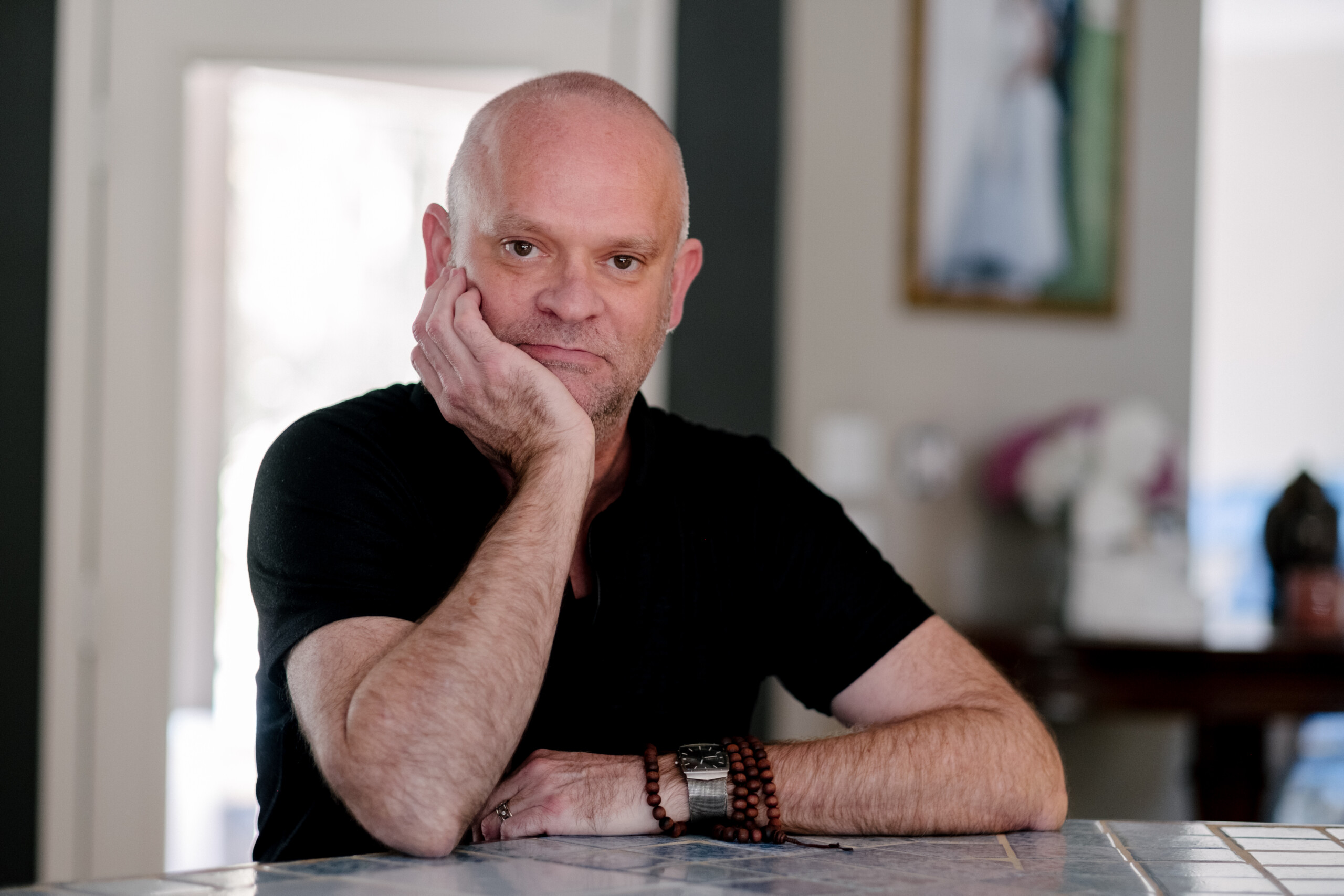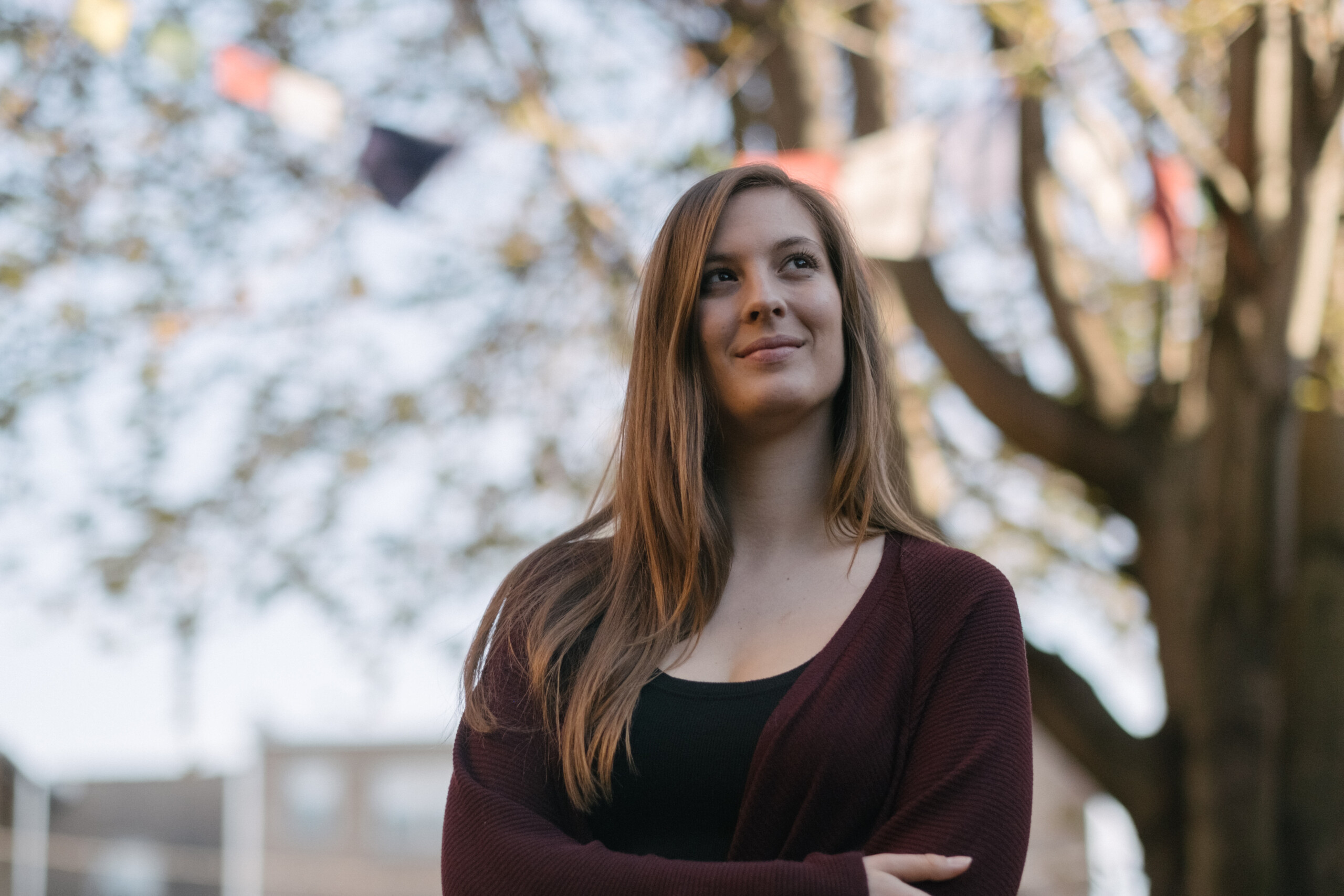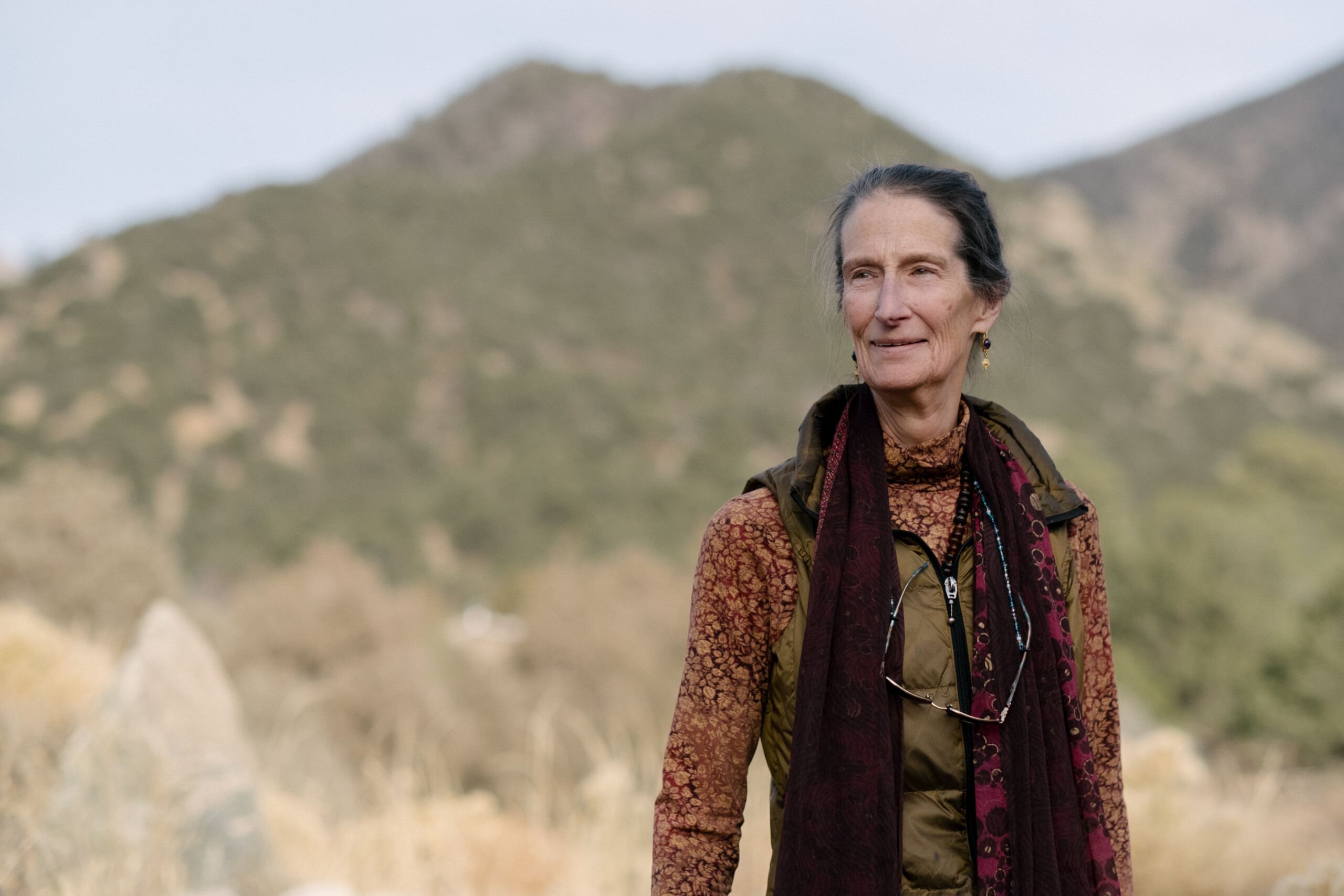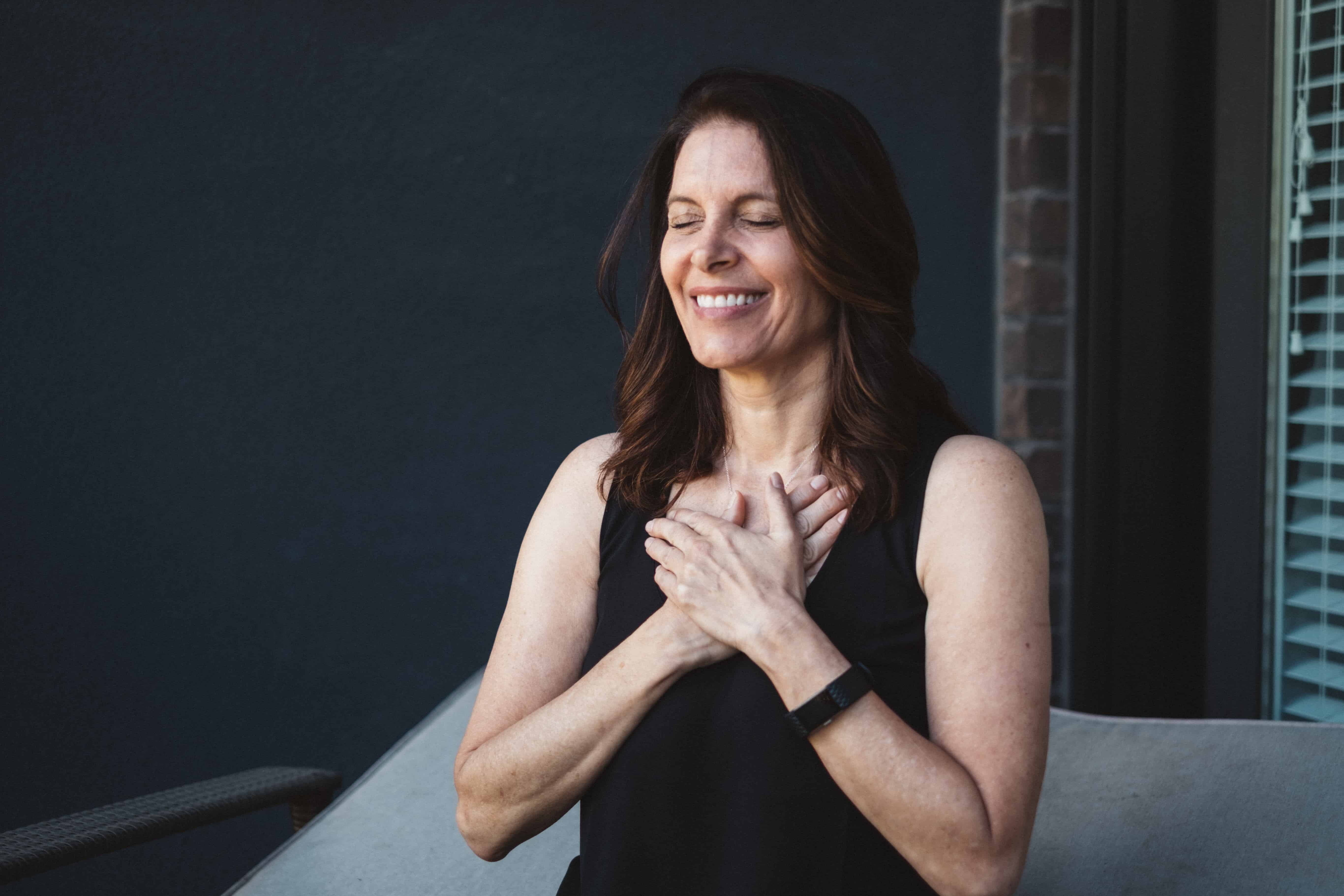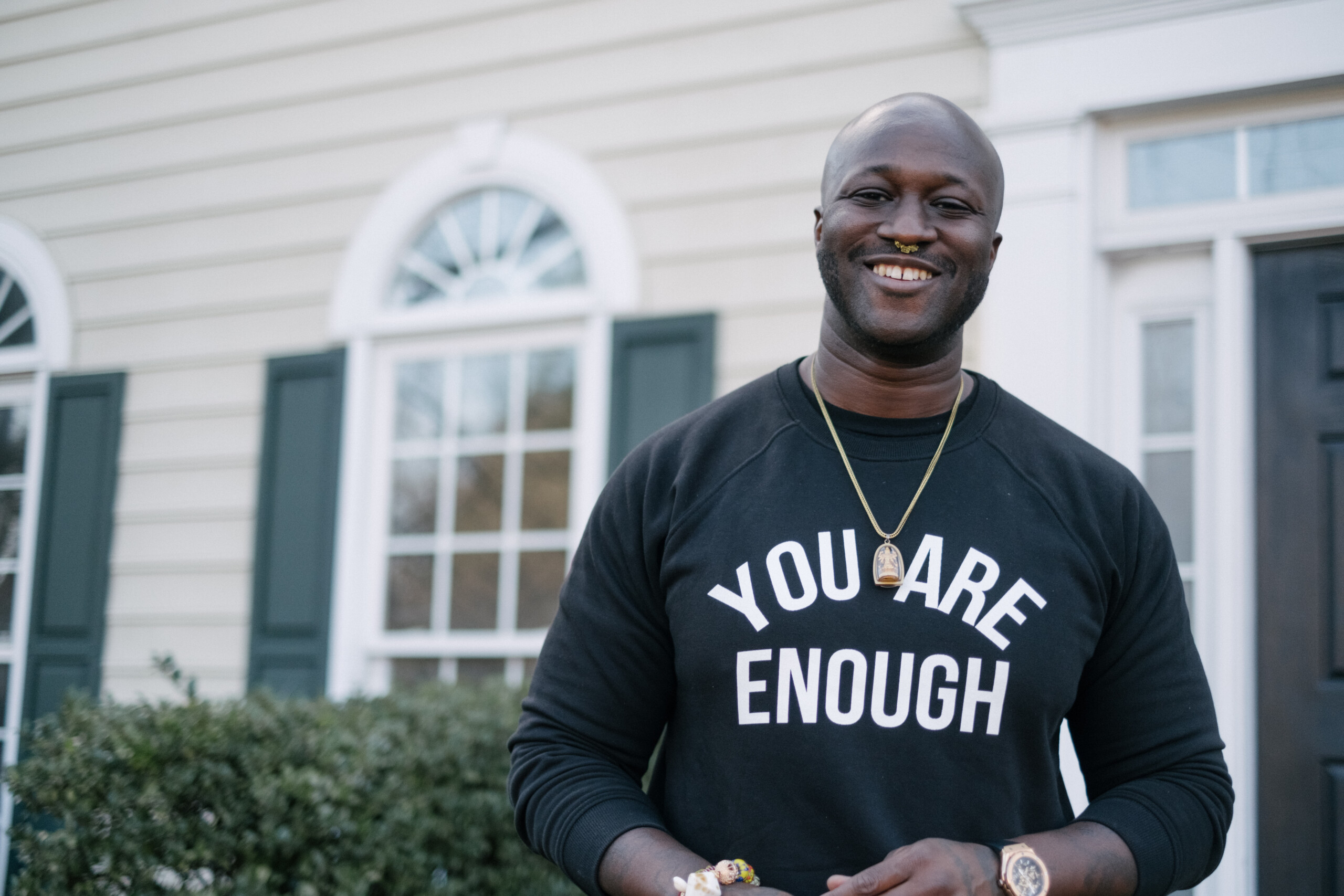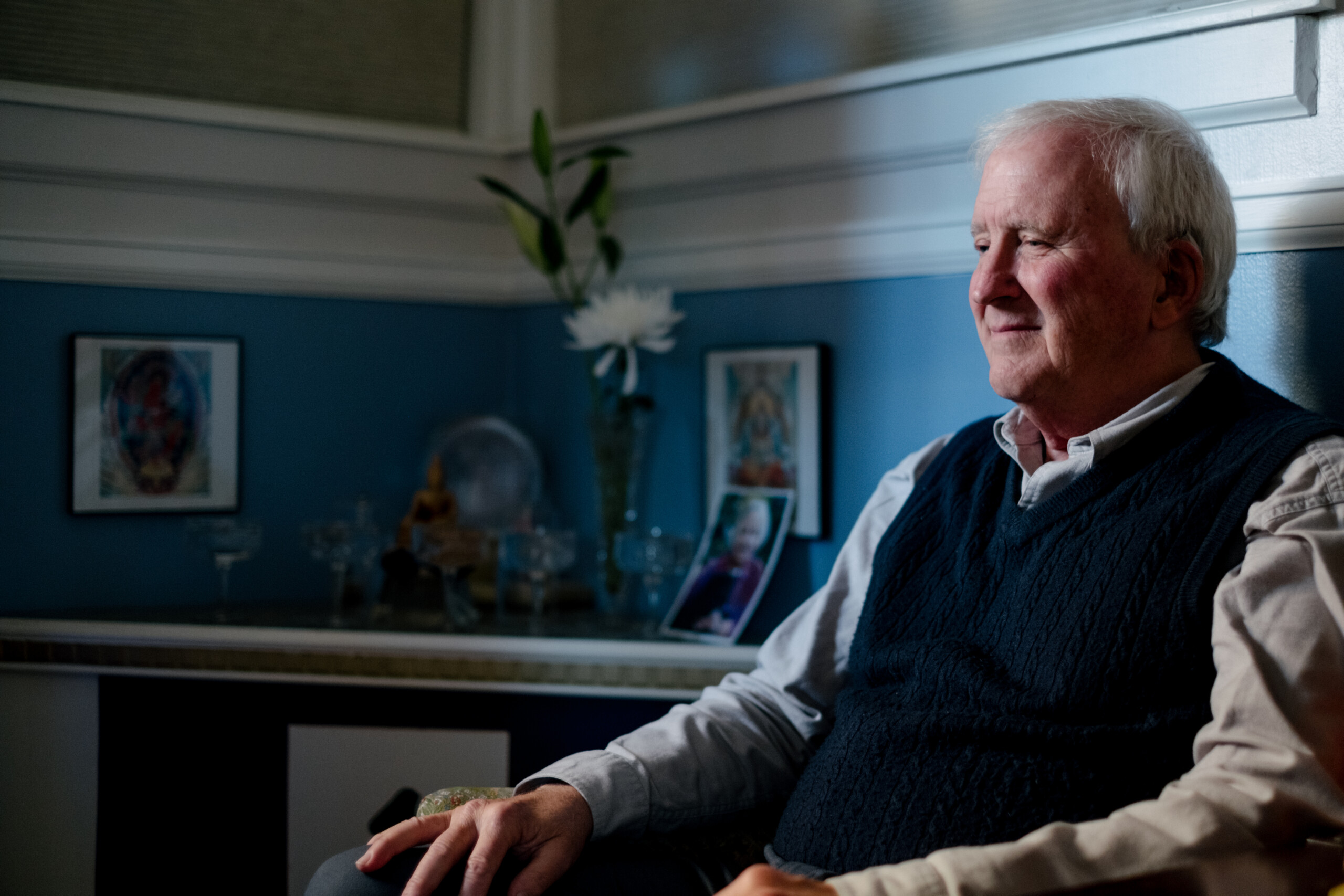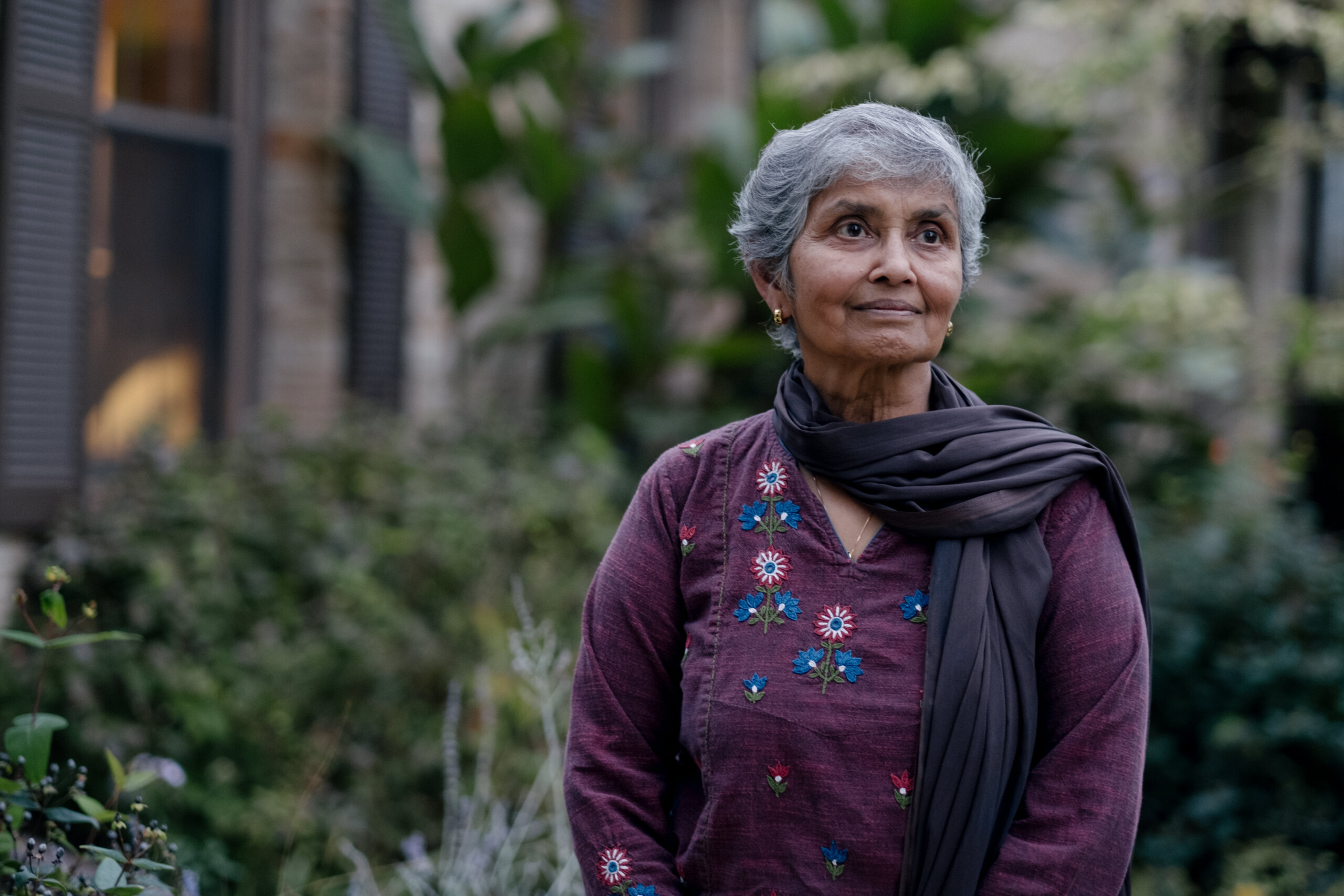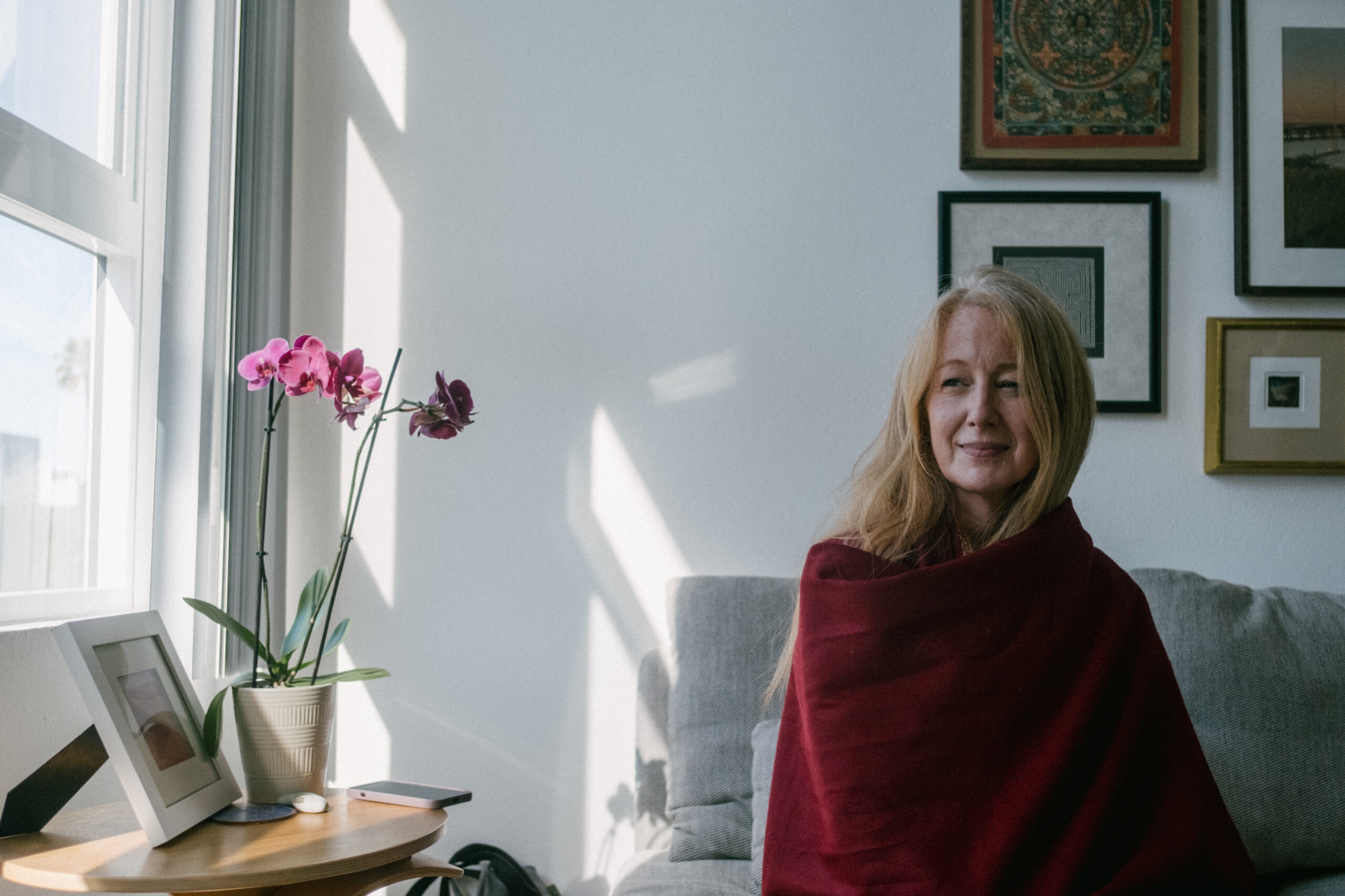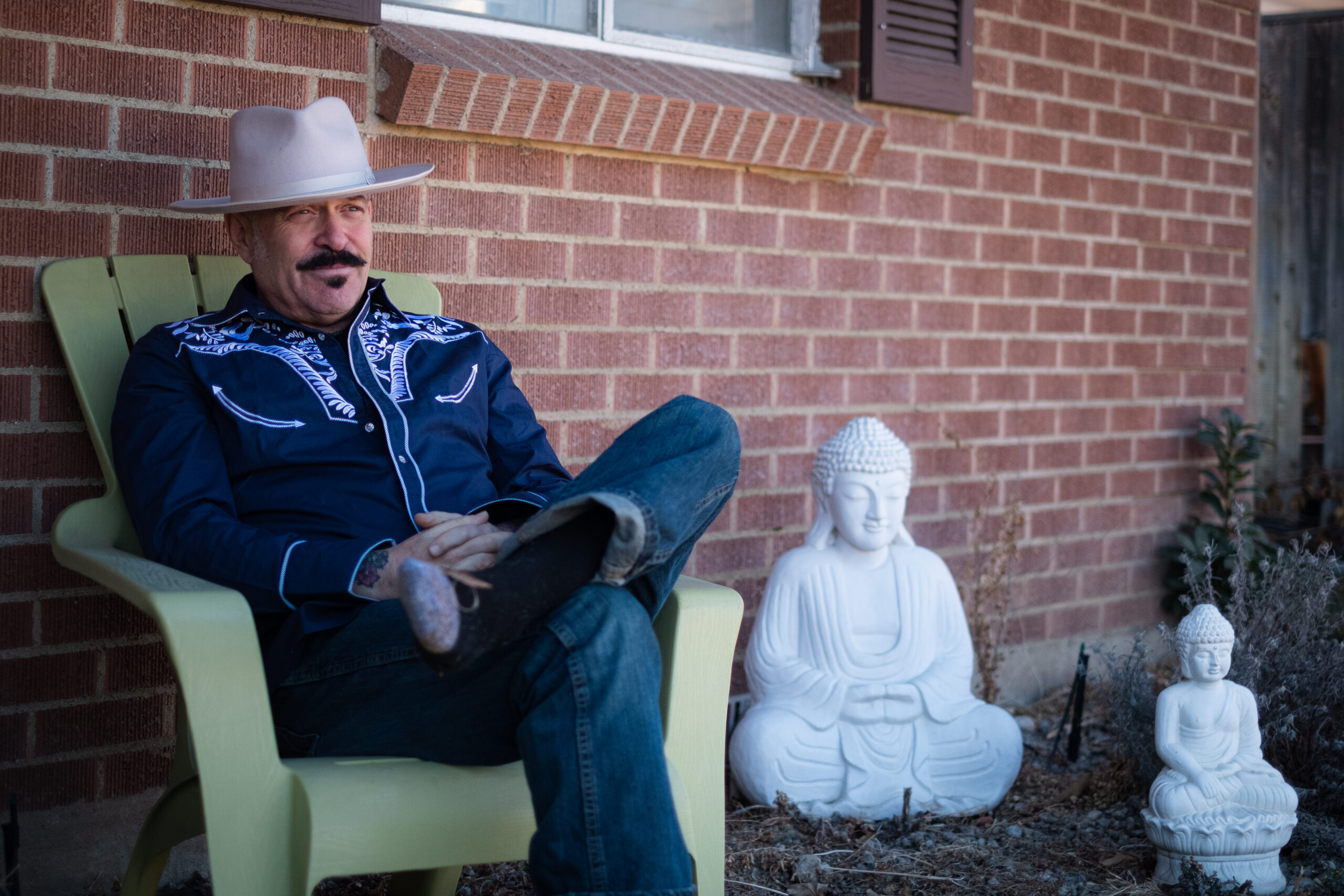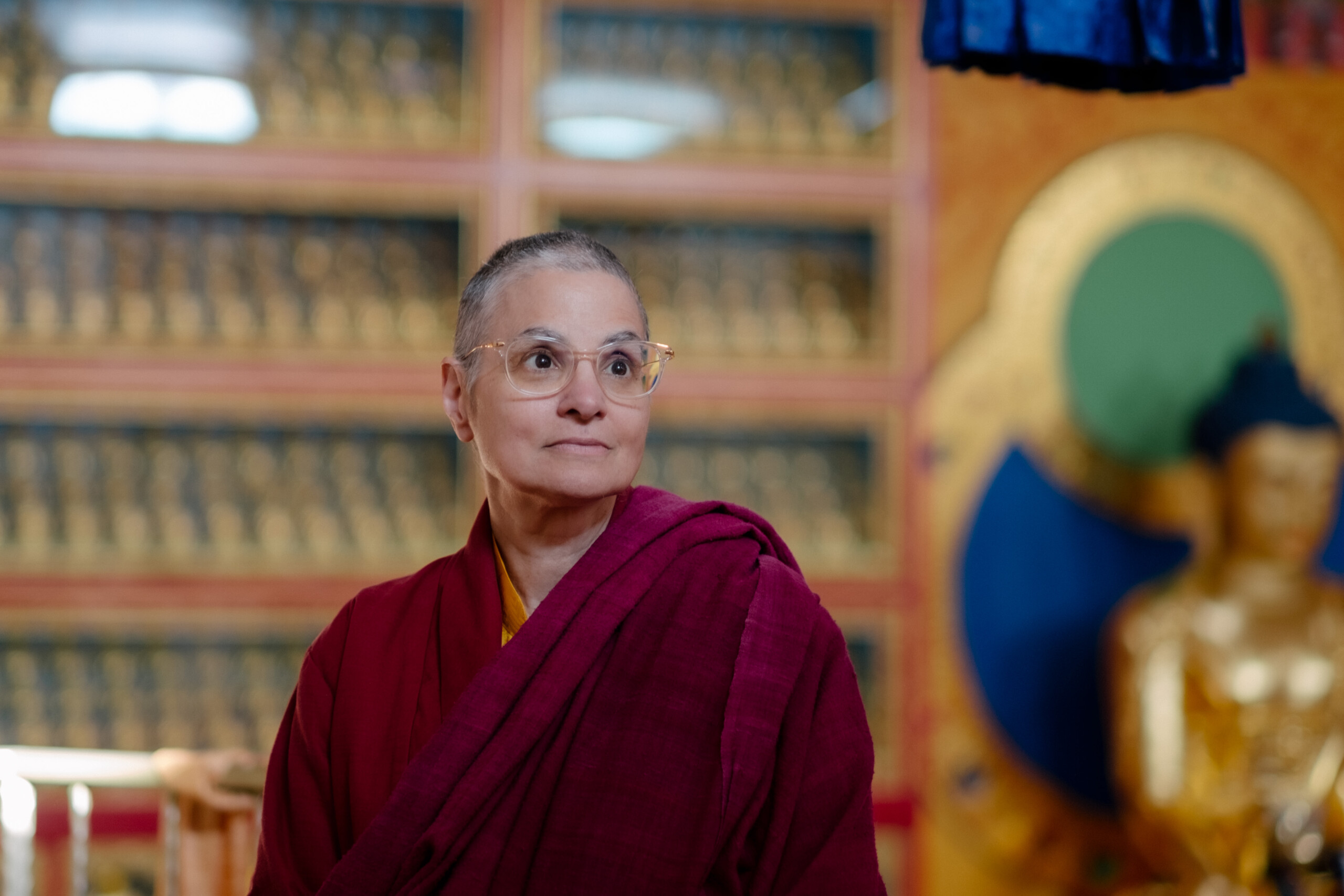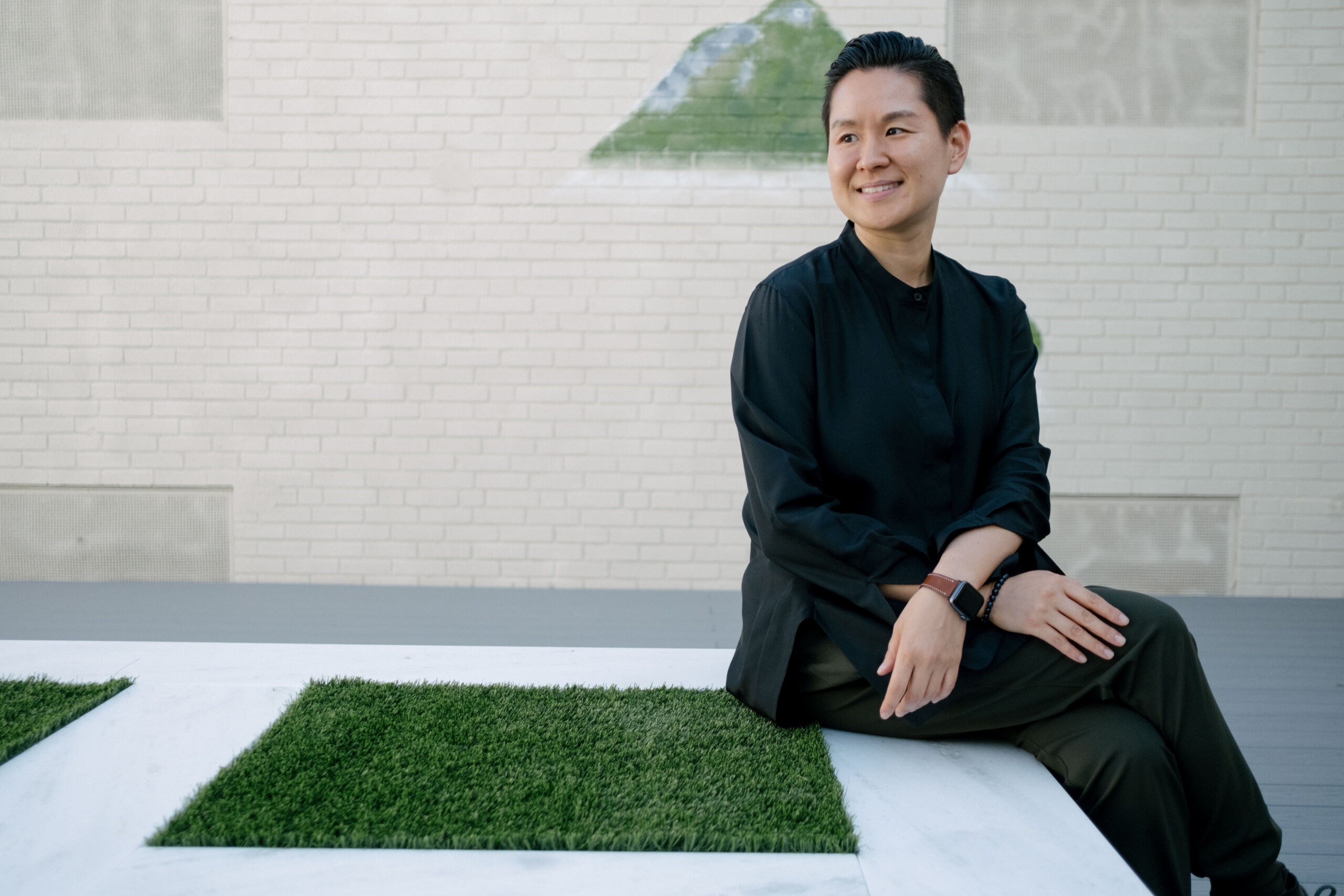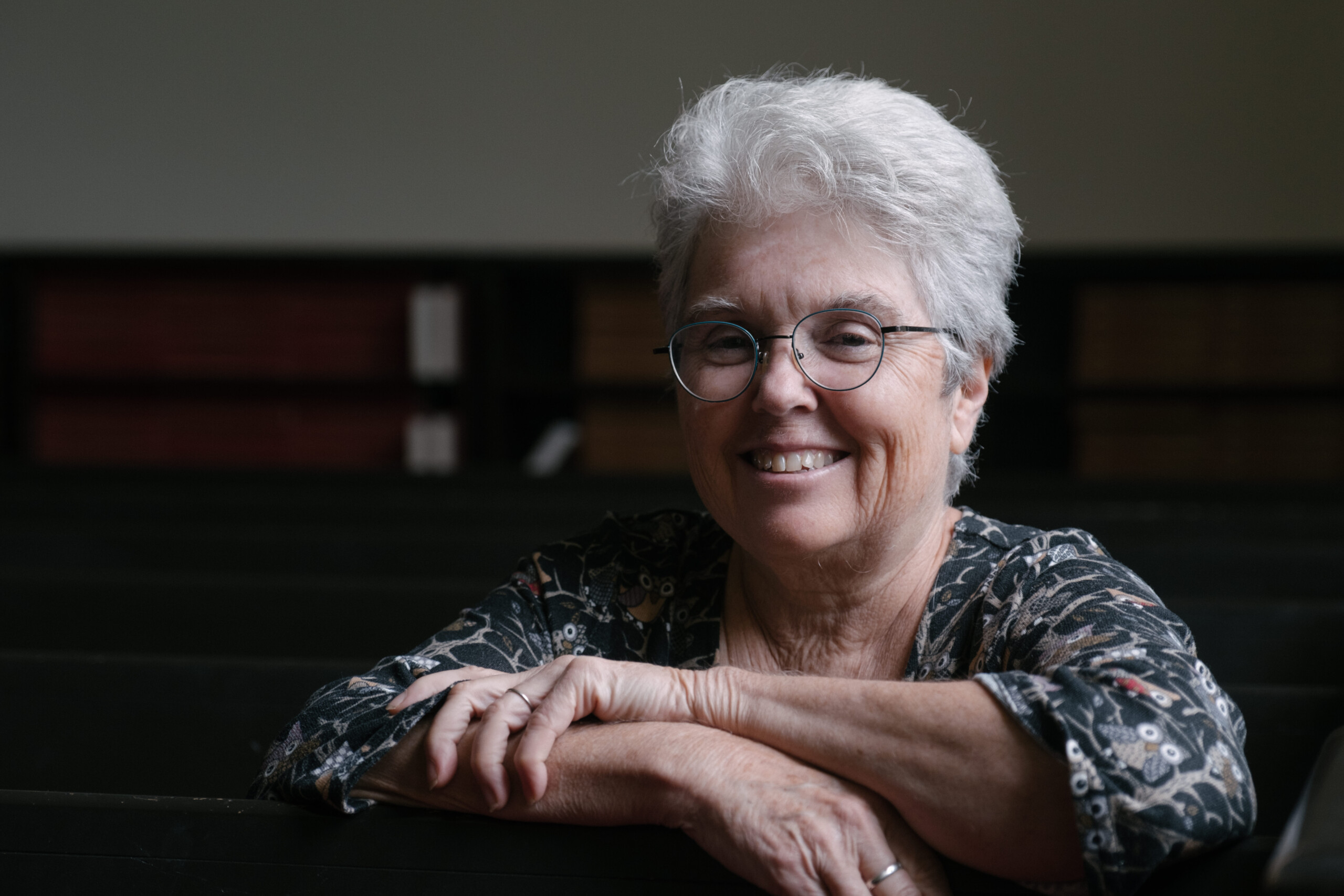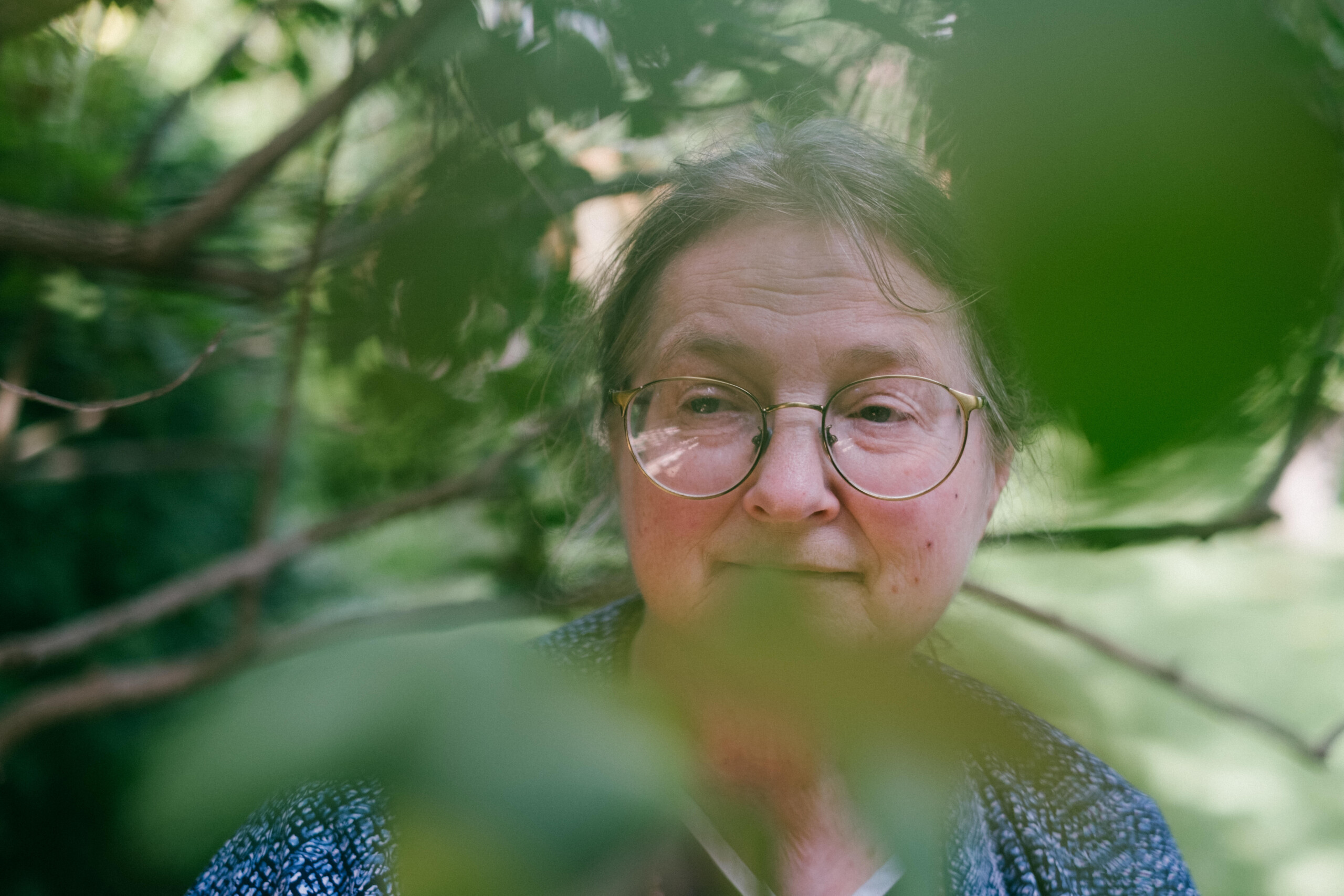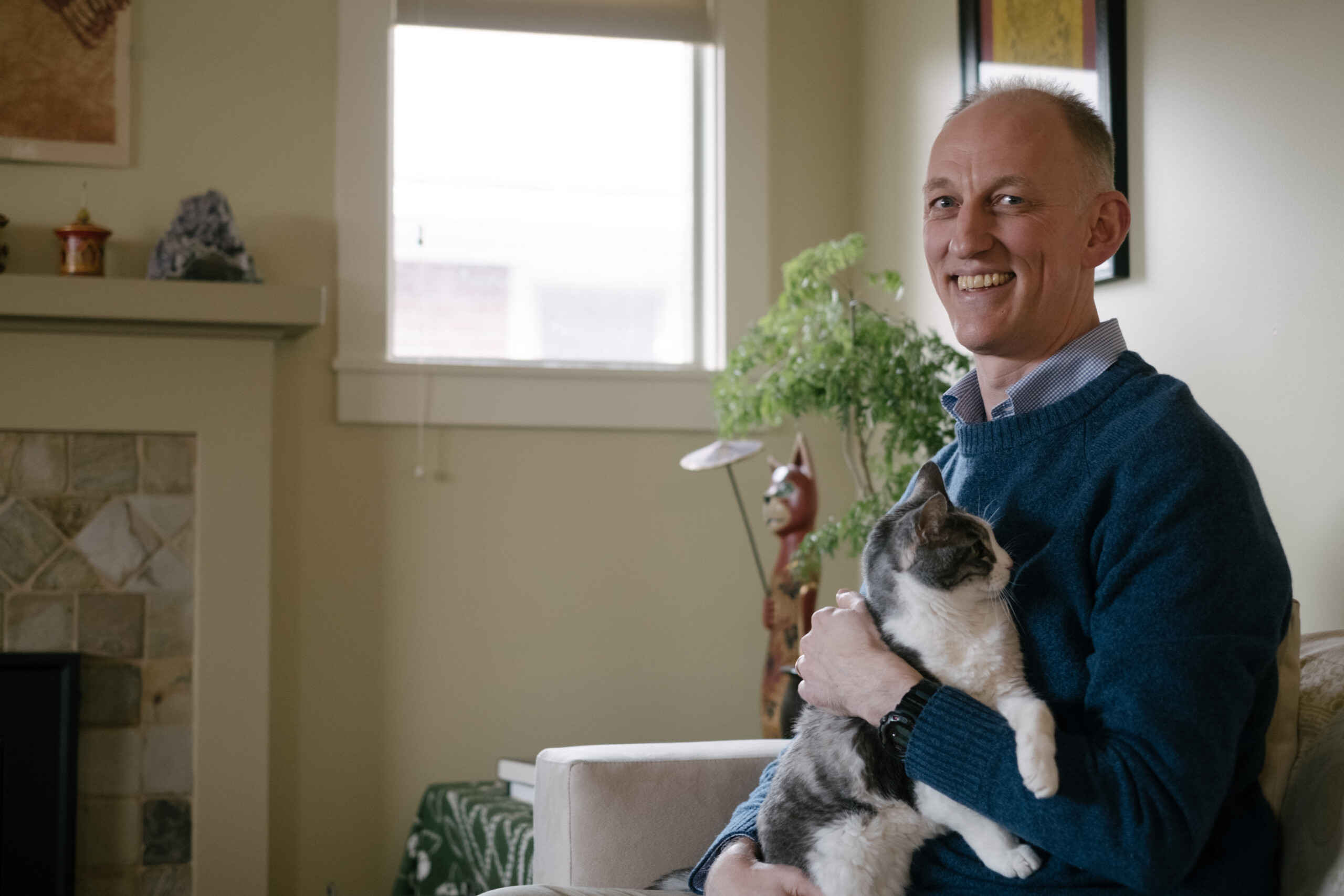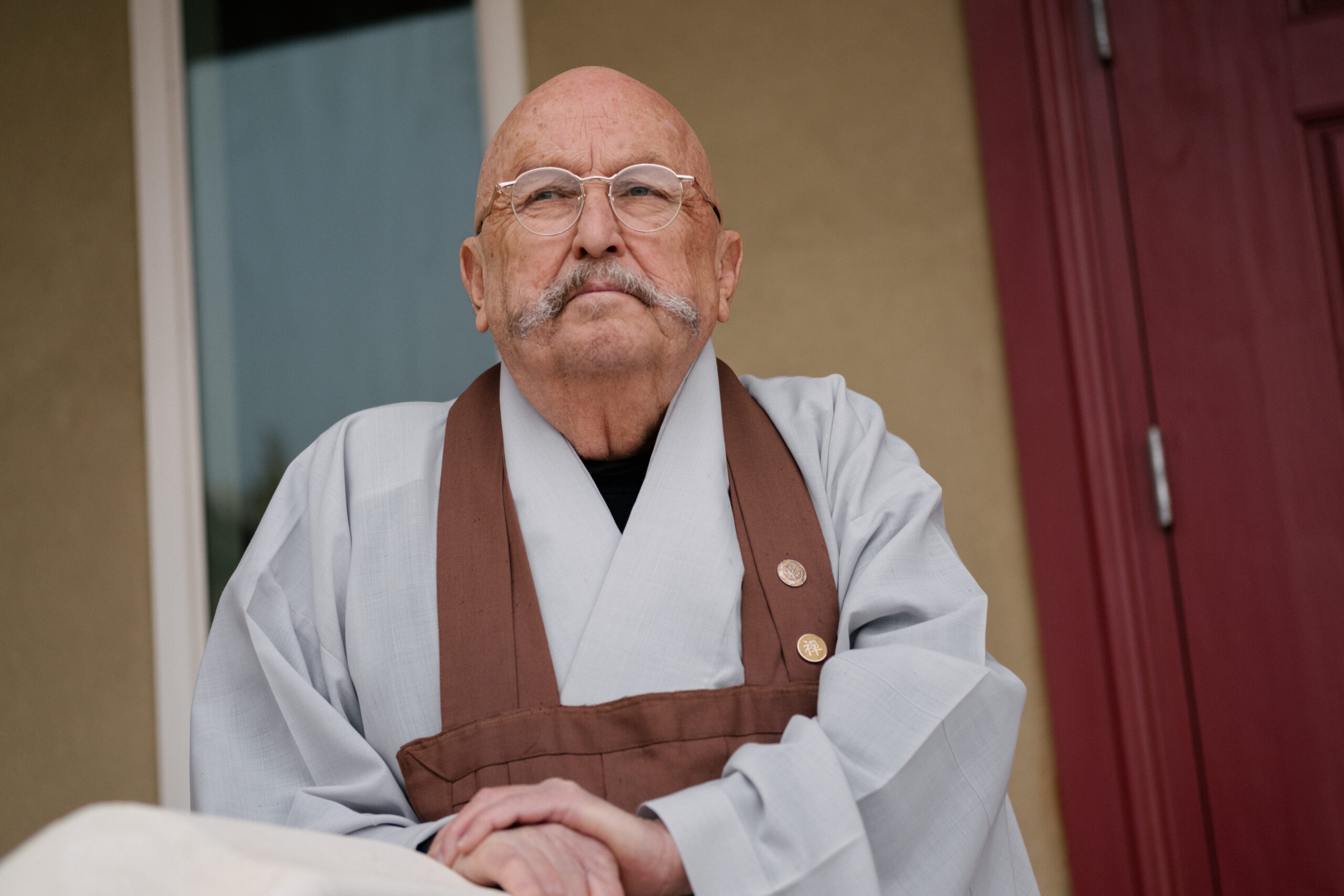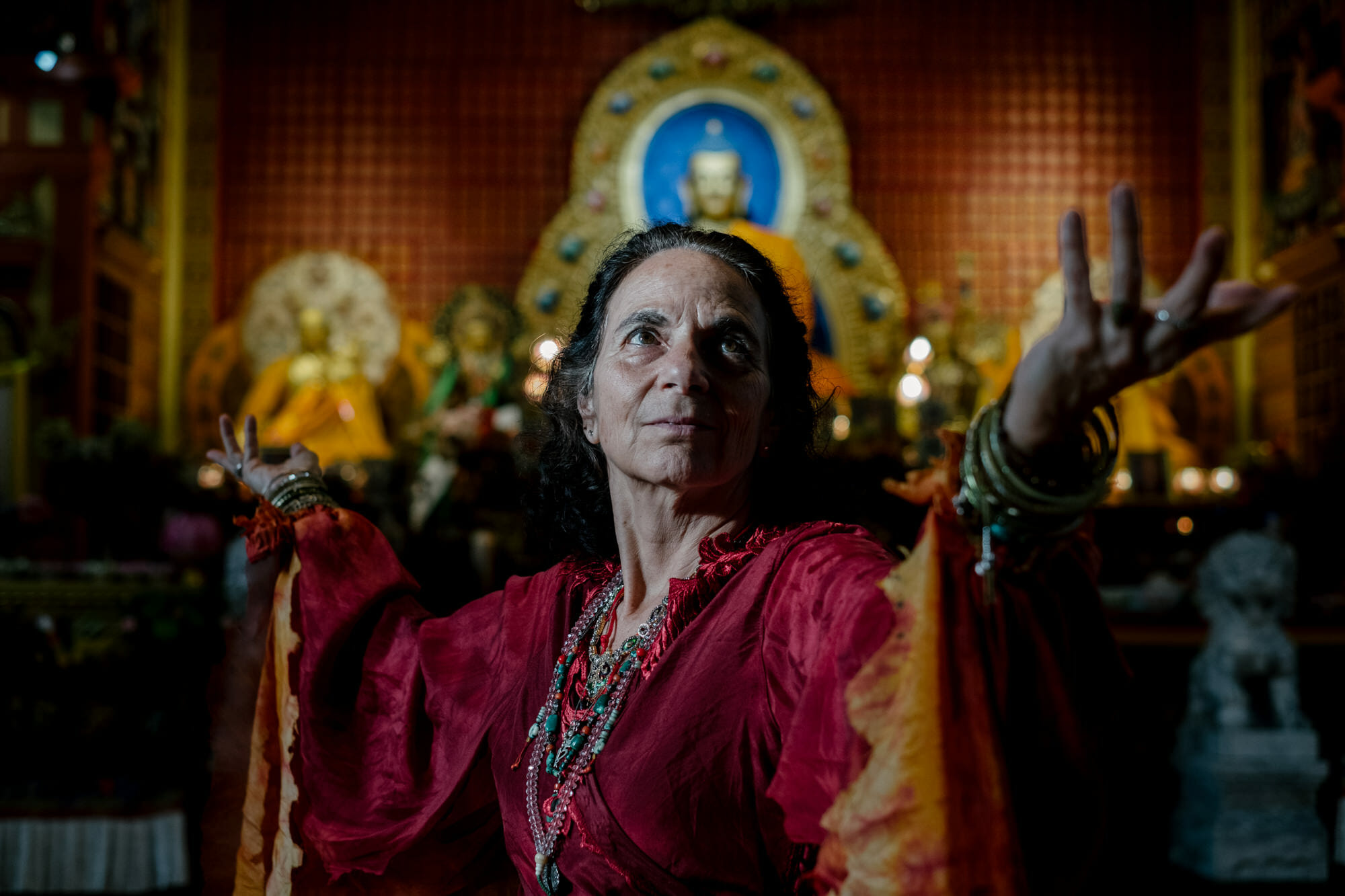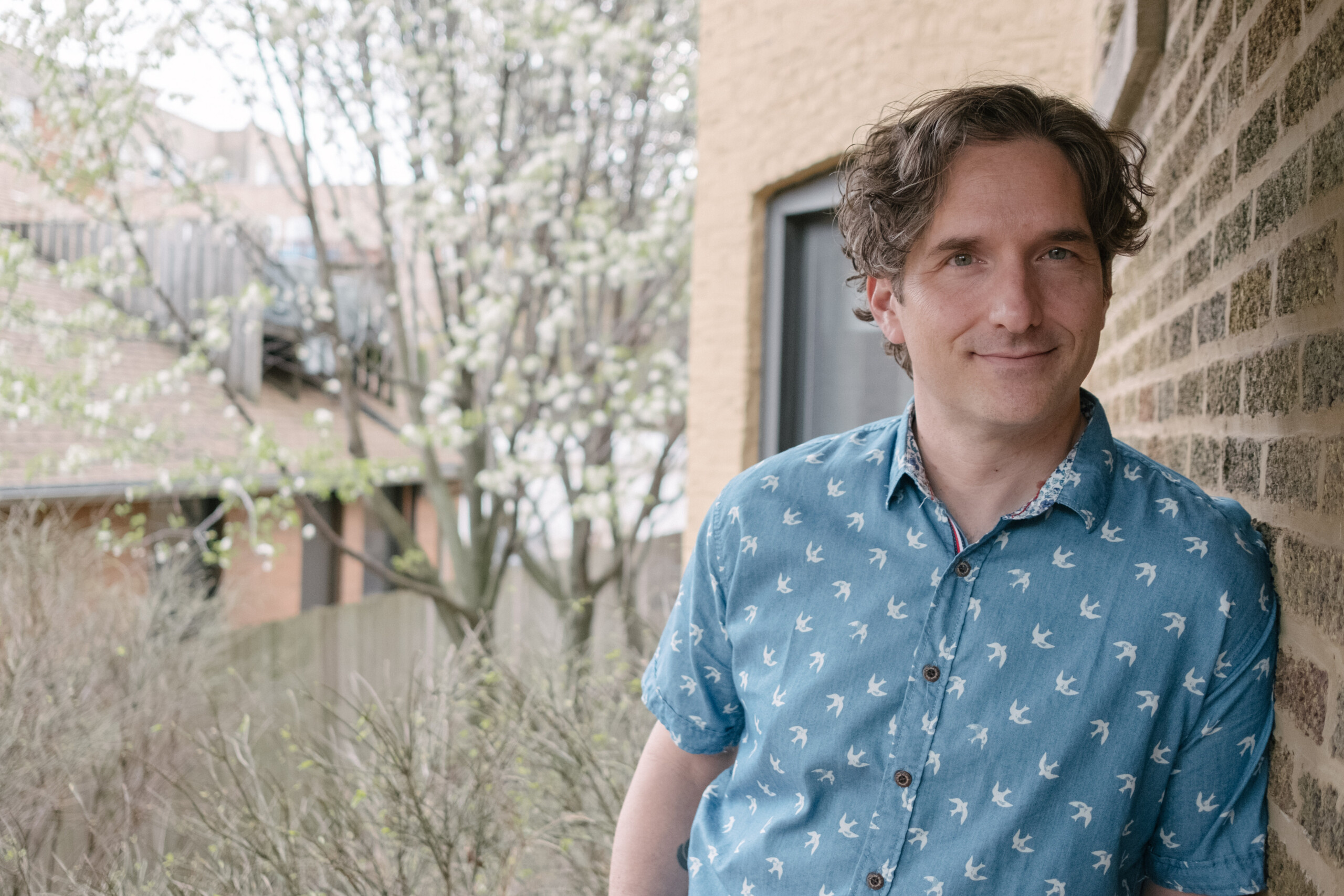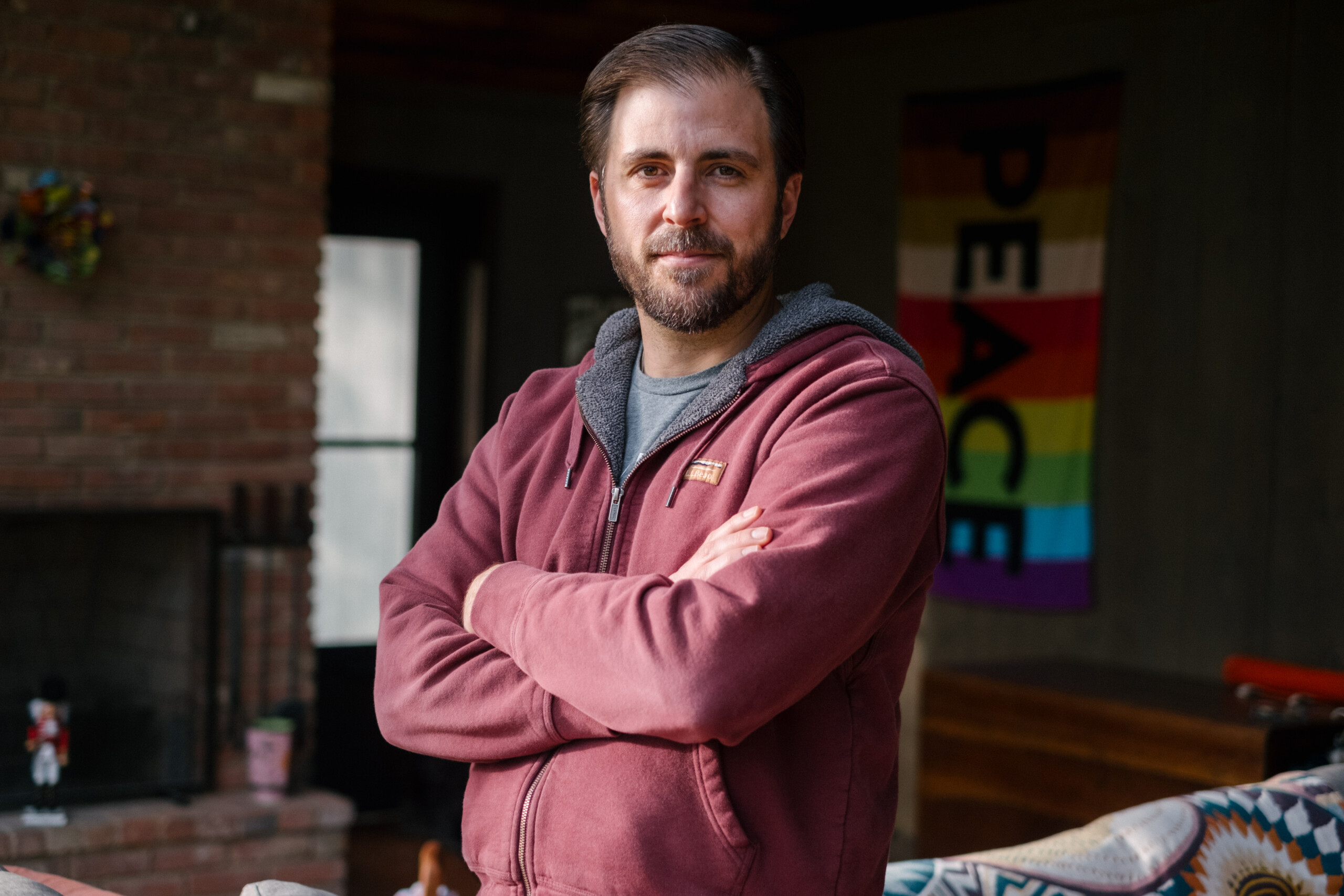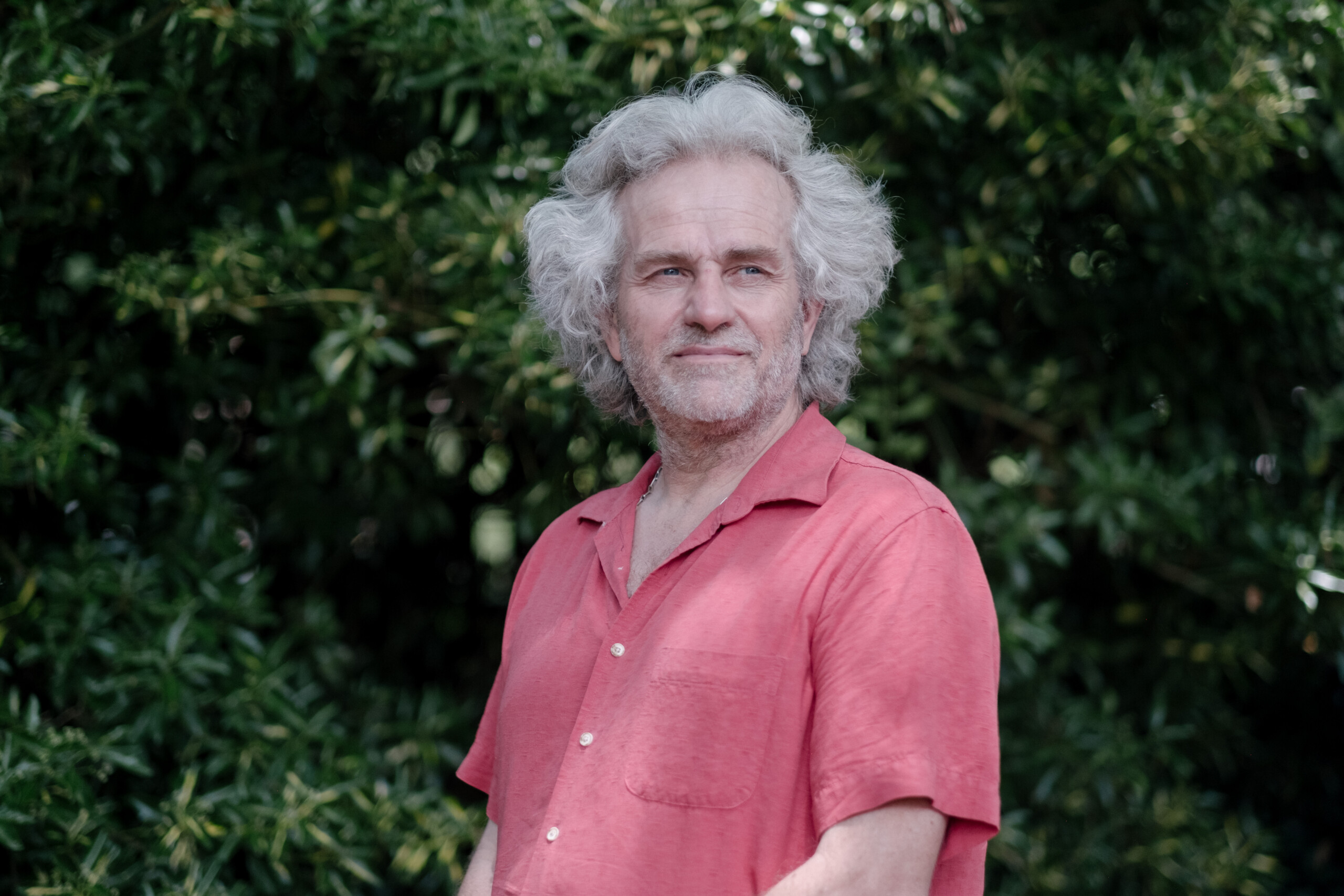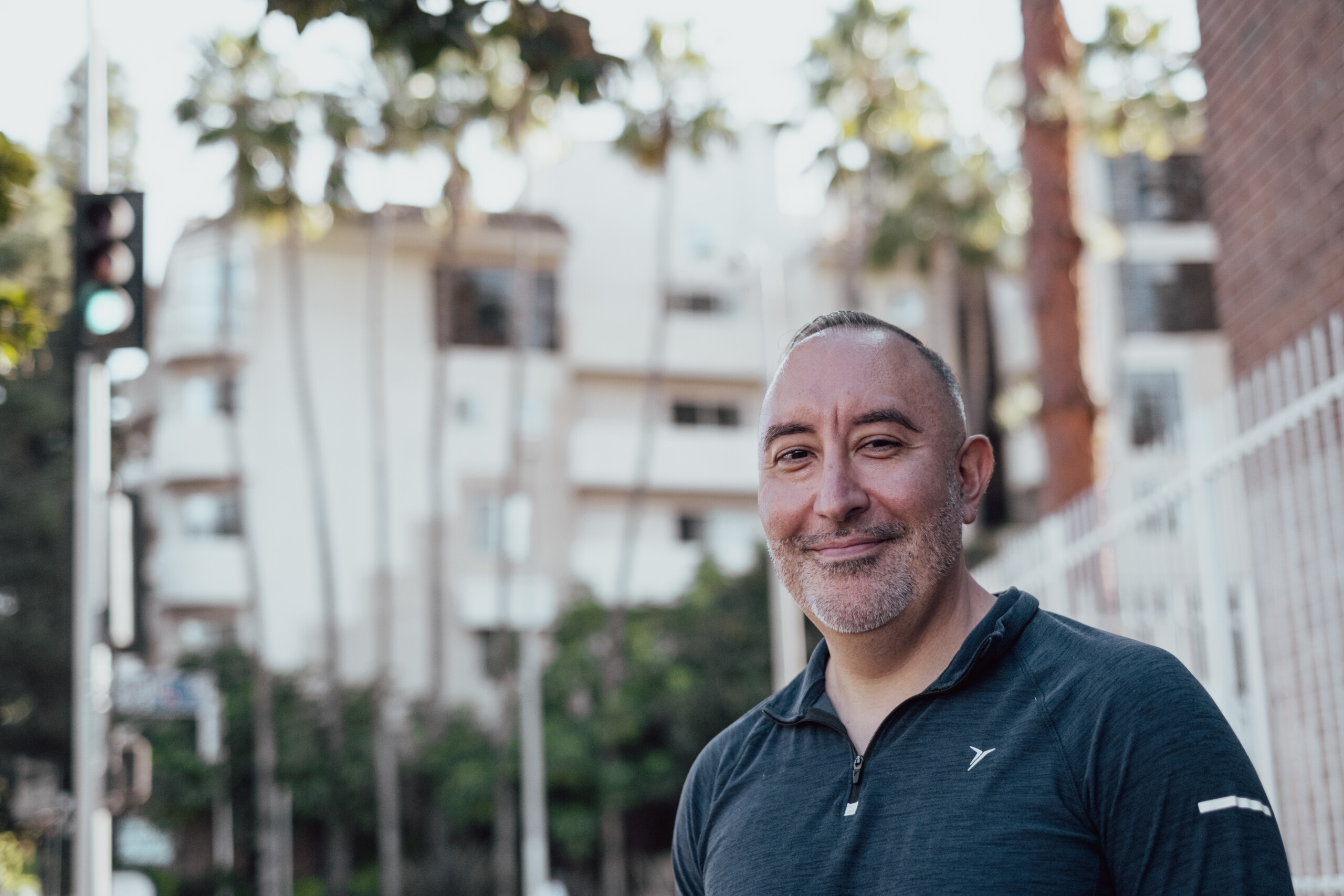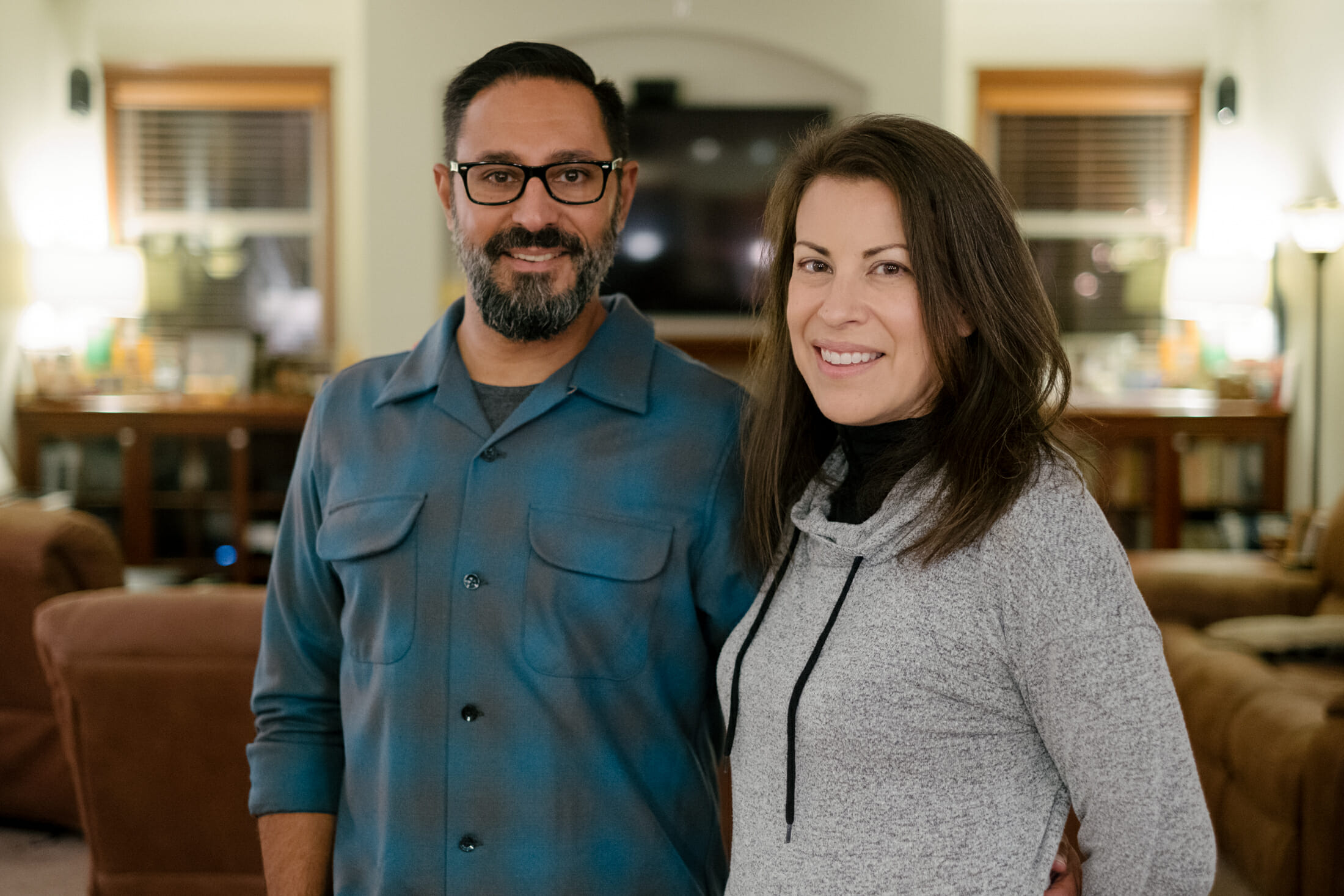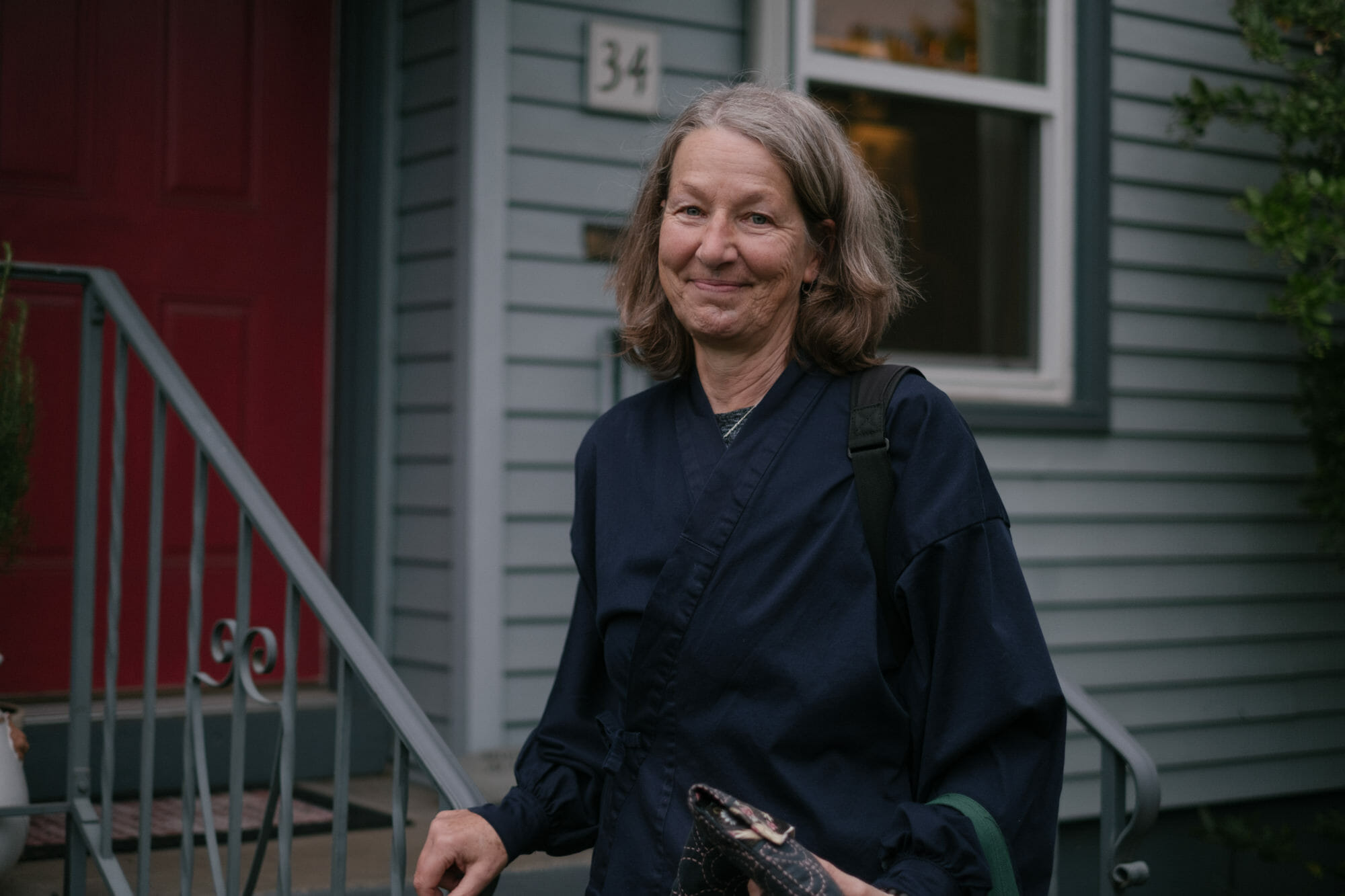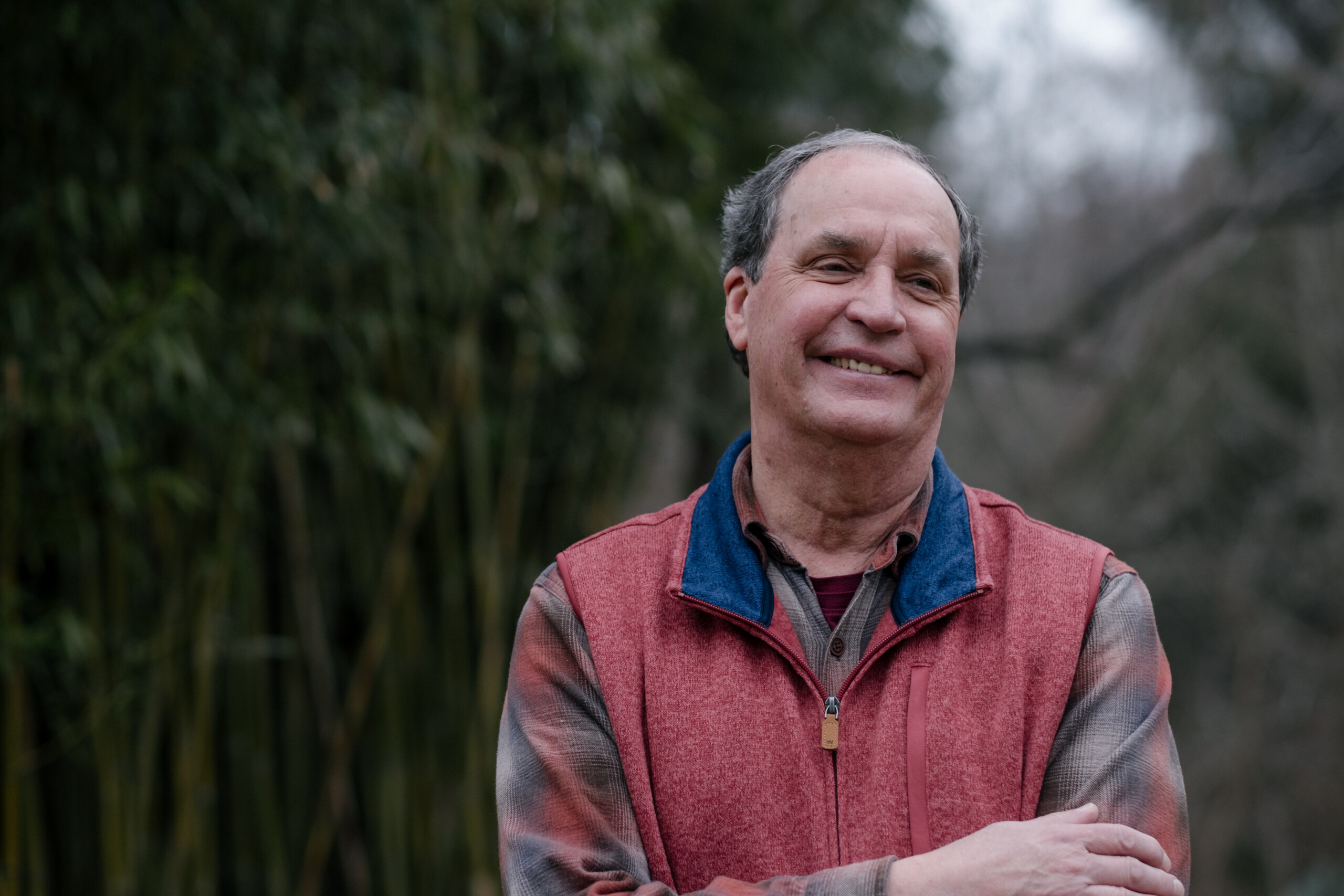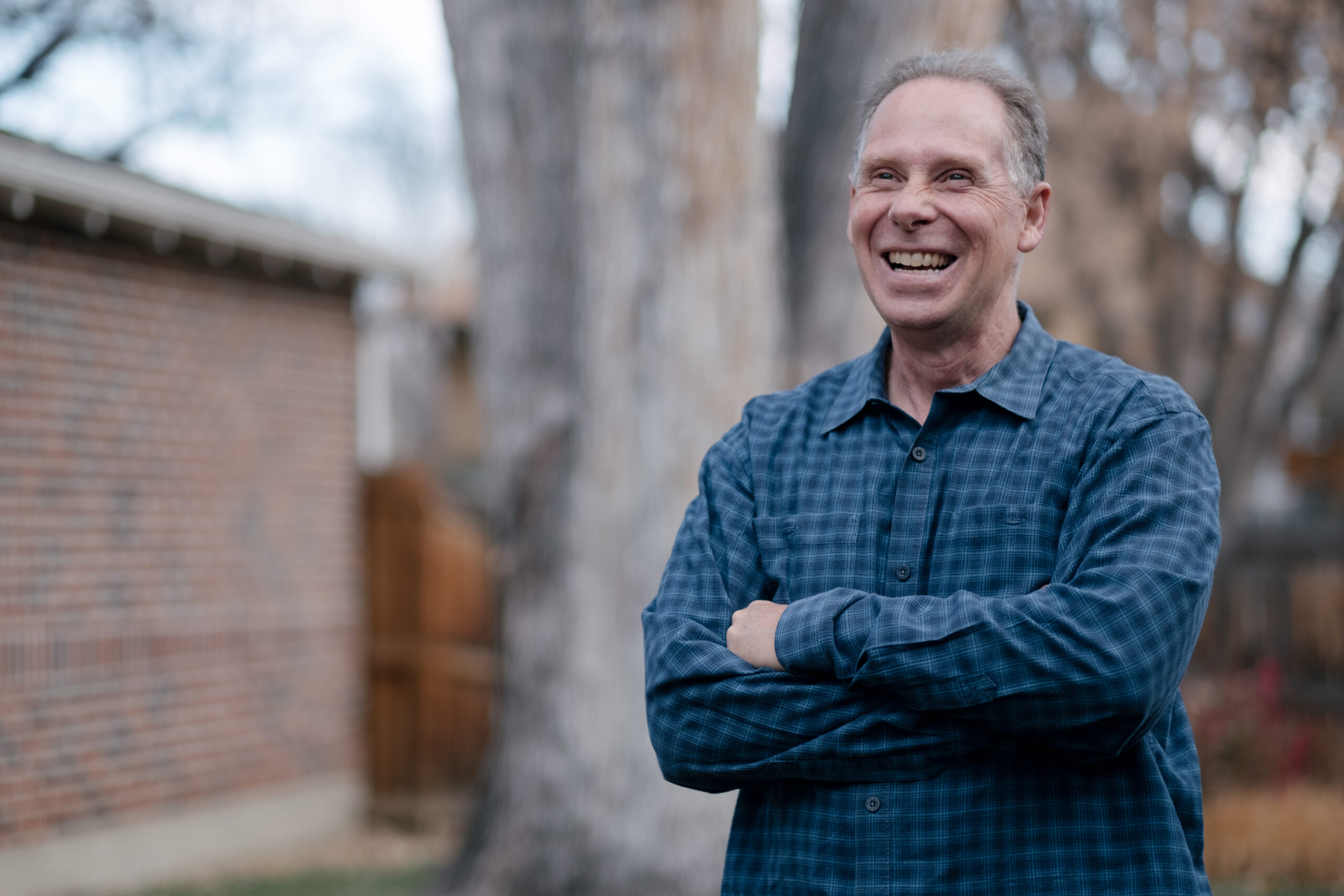Background
Giulietta narrates the story of her life. Born in Cuba, she took Buddhist refuge in 2014 at the age of 26 or 27. At that time, she was an art historian informally representing artists. Her interest in Buddhism began when an artist introduced her to it, and she soon discovered that a Buddhist teacher was visiting. Despite her lack of prior religious commitment, she decided to take refuge along with her best friend. The opportunity seemed unique, and they didn’t question the type of Buddhism being practiced, which turned out to be Tantra under Lama Ole.
Giulietta immediately began her Buddhist practices with dedication, performing significant prostrations daily. Her life took an unexpected turn when she was invited out of Cuba by an art collaborator. Within seven days, she left Cuba, which was remarkable given the difficulty of leaving the country. She credits her quick departure to her Buddhist practices.
Upon arriving in New York City, Giulietta lived there for four years with a friend who was not a Buddhist. Despite this, she quickly connected with the local Sangha, who provided her with support and a sense of community. Over time, she found employment taking care of children and later moved to the Midwest for a meditation-related job. Throughout her journey, the Sangha played a crucial role in her life, offering mature and consistent support.
Being Immigrant
Giulietta reflects on her initial excitement after moving to New York City from Cuba, describing the first six months as extremely thrilling, akin to paradise. As an art historian, she had been earning very little in Cuba. Despite her proficiency in English, she encountered significant challenges upon arrival in New York. For four years, she took care of children, including those of her Sangha friends, but struggled to find a job in her field. She faced rejection and felt left out, partly due to her unfamiliarity with the system and being illegal for the first year.
Her attempts to find work in restaurants were unsuccessful, and the reality of the competitive job market in New York City became apparent. Giulietta felt disconnected from the art scene, which she found to be influenced by leftist ideologies that she, as a Cuban with experiences of dictatorship, could not relate to. This ideological clash further alienated her from potential opportunities in the arts.
Despite speaking English, Giulietta struggled to find her place and often felt isolated. She ended up doing menial jobs and made only a few friends outside the Sangha. Being an immigrant contributed to her feelings of isolation and the challenges she faced. Her Buddhist practices, particularly the Vajrasattva practices, helped her navigate these tough experiences. However, she often felt lonely, both in the U.S. and during visits back to Cuba.
Over the years, Giulietta completed her Buddhist practices and grew more comfortable with her loneliness. She realized that this loneliness is a natural part of the Buddhist path and has come to accept and even appreciate it. Her life in Cuba had been surrounded by friends and artists, but in the U.S., she has had very few friends outside the Sangha. Despite this, she finds solace in her solitary journey and is okay with the space and loneliness she now experiences.
Refuge
Giulietta reflects on how religion in Cuba acts as a refuge amid the desperation of living under a dictatorship, comparing it to North Korea in terms of lack of freedom. Despite the vibrant culture, the harsh reality of a heavy dictatorship persists. During the 1990s crisis, when Cuba’s relationship with the USSR collapsed, the country faced severe shortages. Many, like Giulietta’s mother, turned to Christianity in desperation.
Cuba has a rich tradition of Afro-Cuban religions, which were suppressed during the 70s under communism. In the 90s, as the dictatorship faced potential revolt due to the crisis, religion was allowed again, and people turned to Christianity and Afro-Cuban practices. Eastern religions like Buddhism were not present, and the first significant turn to religion occurred during this period of crisis and exodus.
For Giulietta, despite the oppressive environment, the idea of Buddhism resonated with her from a young age. She first encountered the term “bodhisattva” as a teenager and felt a deep connection to it. However, there were no teachers, only books, and the first Buddhist groups in Cuba formed from people curious about Hinduism and Tantra Buddhism.
In her early 20s, Giulietta lived a life of nihilism and fun, engaging in drinking and smoking, as there were few other options. As an art historian, she found a semblance of freedom in the arts, which she viewed as one of the few places in Cuba where true freedom could be experienced. Other professions felt like prisons, given the meager salaries and lack of opportunities.
Giulietta didn’t initially dream of leaving Cuba, as she had no family abroad. Her departure happened unexpectedly, leading to an immigrant story marked by solitude. She moved to New York City, avoiding the common Cuban destination of Miami. Her initial excitement to return to Cuba faded when she realized she no longer felt at home there. The realization that she had lost her connection to Cuba was a profound shock.
She likened her experience to that of Russians who, after escaping communism, found themselves unable to return. Giulietta had recurring nightmares of being trapped in Cuba again, a phenomenon she associates with breaking free from dictatorship. The first two years in New York were particularly challenging, as she grappled with the desire to return to Cuba until a visit confirmed she could never live there again.
Giulietta’s journey out of Cuba was marked by a sense of loss but also a newfound freedom. She acknowledges that many of her friends still find their own ways to be free within Cuba, but for her, leaving was the only path to true freedom. She remains unsure if she could have found freedom had she stayed but knows that her path led her to where she is now.
Sangha
Giulietta was deeply connected to the Sangha from the moment she took refuge, feeling an immediate sense of belonging. The Sangha she joined was part of a large international community, creating a familial atmosphere where everyone was important.
After leaving Cuba, Giulietta maintained her connection with the Sangha. A member of the Sangha offered her a job taking care of children, which kept her involved and provided stability for four years. The Sangha in New York City became her sanctuary, especially during times of personal trouble. The New York City Center felt like a refuge, embodying the vision of Lama Ole.
Her connection to Buddhism was strong from the beginning, sparked by an intuitive trust in the teachings of Buddha Shakyamuni. Despite not knowing the specifics of Buddhism when she took refuge, she felt an immediate connection and trust. This was reinforced by her positive experiences within the Sangha, where she never had problems with people and felt a sense of perfection despite any flaws.
Over time, Giulietta’s interest in the teachings evolved. She found herself drawn to Mahamudra texts, seeking deeper understanding naturally. While she appreciated the fun and accessible approach of the Diamond Way, her curiosity led her to explore more profound aspects of the teachings.
Giulietta also realized that different paths suited different personalities. She acknowledged that her nature and experiences made tantra a more fitting practice for her, as opposed to Zen, which she found challenging. Her colleague, a Zen practitioner, highlighted this difference, reinforcing her belief that tantra was the right path for her.
In summary, Giulietta’s journey with Buddhism and the Sangha was marked by a strong sense of community, intuitive trust in the teachings, and a natural progression towards deeper understanding. Her experiences reflect a personal and evolving connection to her spiritual path.
Teacher
Giulietta has always had questions about choosing a teacher in Vajrayana Buddhism. She acknowledges that this is a significant and potentially daunting decision, one that often brings fear and uncertainty. Throughout her journey, she never felt entirely certain about her choices, reflecting the unpredictable nature of Vajrayana.
Lama Ole did not require Vajrayana commitments from his students, which Giulietta appreciated. She observed other students who seemed more bound by these commitments, but her experience was different due to the timing and circumstances of her interactions with Lama Ole.
Giulietta spent ten years exploring the relationship with the teachings and the methods, noting that individual personality plays a crucial role in how one engages with this process. She is the type of person who tends to jump into things without overthinking, contrasting with friends who have spent over a decade contemplating their paths. She noticed that even Buddhists could become paranoid or disconnected from Dharma, particularly in challenging times like the COVID pandemic.
Giulietta believes it is easy to lose the connection with Dharma, regardless of life circumstances. She feels a sense of urgency about making decisions, as time passes quickly. At 37, she feels both young and old and does not want to waste time. She sees certain ages, like 36 and 42, as pivotal for making significant life decisions.
Reflecting on her experience, Giulietta believes it is important to act and see what happens rather than remaining in indecision. She appreciates that Lama Ole did not push students into taking Vajrayana vows prematurely, allowing them to engage without destroying their foundation. Some students took Lama Ole as their Vajrayana master and it worked for them, but Giulietta did not take any vows, which left her in a state of ambiguity.
She thinks that if a teacher intends to give serious vows, they will communicate this clearly to avoid confusion. For Giulietta, remaining in a gray area for too long is problematic. She believes life is short and time moves fast, so it is essential to act rather than spend years in indecision.
Giulietta values her current organized life with one job, one place, and one husband, but still feels the rapid passage of time. She does not want to waste time and emphasizes that different methods and personalities require different approaches. As a Vajrayana practitioner, she feels the need to jump in, while other paths may require more contemplation and commitment.
Transformation
Giulietta reflects on the profound sense of loneliness in her Buddhist practice, likening it to the concept described by Trungpa Rinpoche as inherent in the Hinayana path. This loneliness, she notes, is challenging but deeply felt.
Over the years, Giulietta has not fully tested complete solitude, as she has never done long, isolated retreats. Her life has changed with the presence of more people around, including her recent marriage and her family’s presence. This contrasts with her time in the Midwest, where she experienced extreme isolation and harsh conditions, a stark difference from her warm, family-filled life in Cuba.
Despite the loneliness, Giulietta feels braver through her practice. Her life remains largely untouched by profound crises, which makes her feel fortunate and somewhat pampered. She acknowledges the transitory nature of life and possessions, understanding that, as a Buddhist, one must not hold on to anything.
Her life is quiet, though punctuated by fast-paced travels and adventures. This calmness might stem from her practice, which allows her to embrace both calm and fiery aspects of herself. She recognizes that practice reveals the fluidity of personality, showing that individuality is not fixed.
Giulietta has become more patient and accepting of her current situation. This new approach to practice involves accepting things as they are, without striving to make them better or more enjoyable. She finds interest in the authenticity of experiences, even if they are uncomfortable. This shift in perspective has brought her a new level of enjoyment in her practice over the past year.
Initially, her practice felt like a disciplined task, but it has now evolved into a source of joy and acceptance. Giulietta appreciates this newfound approach, which focuses on embracing reality as it is.
Astrology
Giulietta has been studying Western astrology and finds it brings contradictions when reconciling it with Buddhism and Vajrayana practices. People often see astrology as a prediction method, but Giulietta is more interested in its study of elements and energy, akin to psychotherapy. Despite this interest, she acknowledges that astrology is typically seen as predicting the future, which contradicts her Buddhist beliefs.
Giulietta has decided not to read charts for others, as it conflicts with the Buddhist view of non-duality and the lack of a solid personality. She believes that while astrology can suggest trends, it cannot predict specific events. Her approach to astrology focuses on its use as a method rather than an absolute truth, similar to how she views Buddhism.
In her astrology studies, Giulietta concentrated on the elements, which differ from the five elements in Vajrayana Buddhism. She recently discovered that Buddhism can be seen as a religion of methods rather than absolute truths, which helped her find common ground between Buddhism and astrology. She sees astrology as a method that can help people become more compassionate and free, though it is not her refuge—Buddhism is.
While Giulietta appreciates how some people find refuge in astrology and how it helps them, she is clear that it cannot serve as a comprehensive path like Buddhism. She is intrigued by how some people use astrology as a tool for personal growth, but she remains committed to Buddhism. Giulietta also acknowledges the existence of Buddhist astrology and oracles, which shows that astrology can have a role in practice, though it is not as comprehensive as Buddhism.
In conclusion, Giulietta respects astrology for its potential benefits but maintains that Buddhism provides a more defined and comprehensive spiritual path. She continues to grapple with how to reconcile these two interests but is clear on her primary commitment to Buddhist practice and principles.
Ngondro
Giulietta shares that without practicing Ngondro, she wouldn’t have stayed committed to her path after taking refuge. Ngondro, with its 100,011 repetitions of four foundational practices, was pivotal for her. She completed it in about five years despite facing personal challenges, including defending herself in court. Ngondro provided support and motivation as she aimed to progress to her main practice, Achi Karmapa yidam, which she pursued for another five years.
She recalls feeling relieved when her teacher, Lama Ole, didn’t require her to do more Ngondro. Instead, she was told to focus on Ace Karma, which she found fulfilling. Despite this, Giulietta only had one significant interaction with Silamali, where she sought reassurance about the sufficiency of her practices for enlightenment. He affirmed that her methods were adequate but emphasized the importance of past meditations.
Giulietta reflects on her journey, acknowledging that while she enjoyed her practice, she missed having a closer, interactive relationship with a teacher. She feels that after ten years, she needs a teacher to continue progressing. Her teacher’s change in teaching style and the end of certain transmissions, like poet transmission, left her longing for deeper connection and guidance.
She concludes that in Vajrayana Buddhism, having a teacher is essential. While she has the necessary practices, she realizes the importance of the relationship with a teacher, which she currently lacks. This realization has taken time, but it’s now clear to her that she needs more than just practices; she needs the personal guidance and connection that comes with a dedicated teacher.
Professional Context
Giulietta shared her experience as a Buddhist working in a neuroscience lab. She entered the field through a Buddhist friend who was also a neuroscientist. Although her colleague was friendly, the other scientists found it difficult to communicate with her due to her non-scientific background. She observed that the dialogue between Buddhists and scientists is not as open as one might expect. The gap in language and conceptual understanding between the two fields poses a significant challenge, despite the presence of neuroscientists who are also Buddhists trying to bridge this gap.
Giulietta learned to operate some electroencephalography (EEG) equipment and found it fascinating. Despite not being a scientist, she enjoyed her technical role in the lab. She considers the lab one of the best in the world, focusing on the theory of consciousness, which she finds extremely interesting, though too complex to explain in detail.
She participated in a study on meditation that was interrupted by COVID-19, involving high-density EEG on meditators. While some might consider this a dream job for a Buddhist, Giulietta viewed it as a job and enjoyed its technical aspects. The lab used sophisticated technology, including the EGI system, to study consciousness through meditation and sleep studies.
Giulietta works with other Buddhists in the lab, including a Zen Sensei and Vajrayana practitioners. Their study focused on states of meditation, comparing gamma power and other frequencies. They recorded specific meditations like the 16th Karmapa’s Guru Yoga, identifying different phases of the meditation. Although the research is still preliminary, Giulietta appreciates the ability to explore these states with advanced technology.

